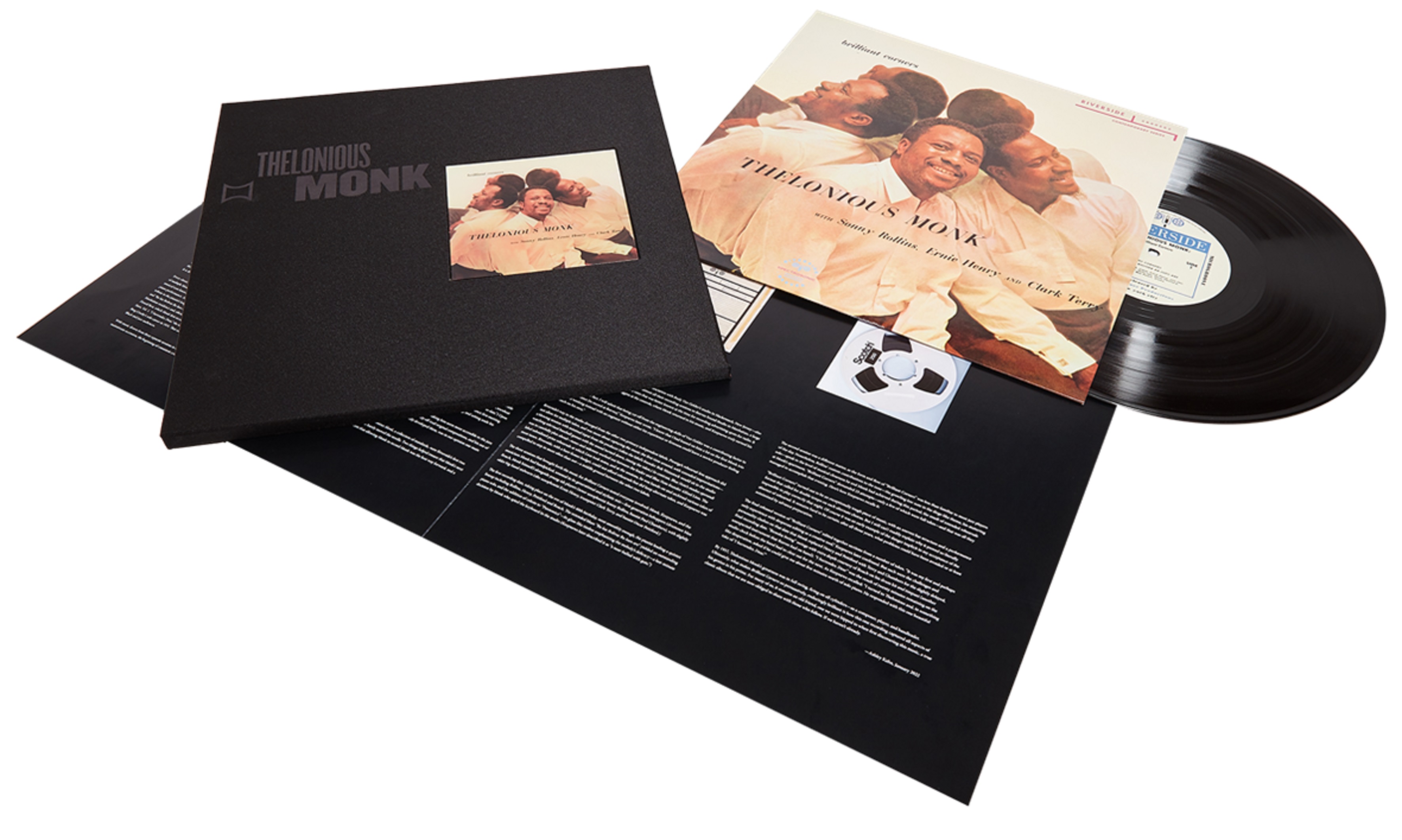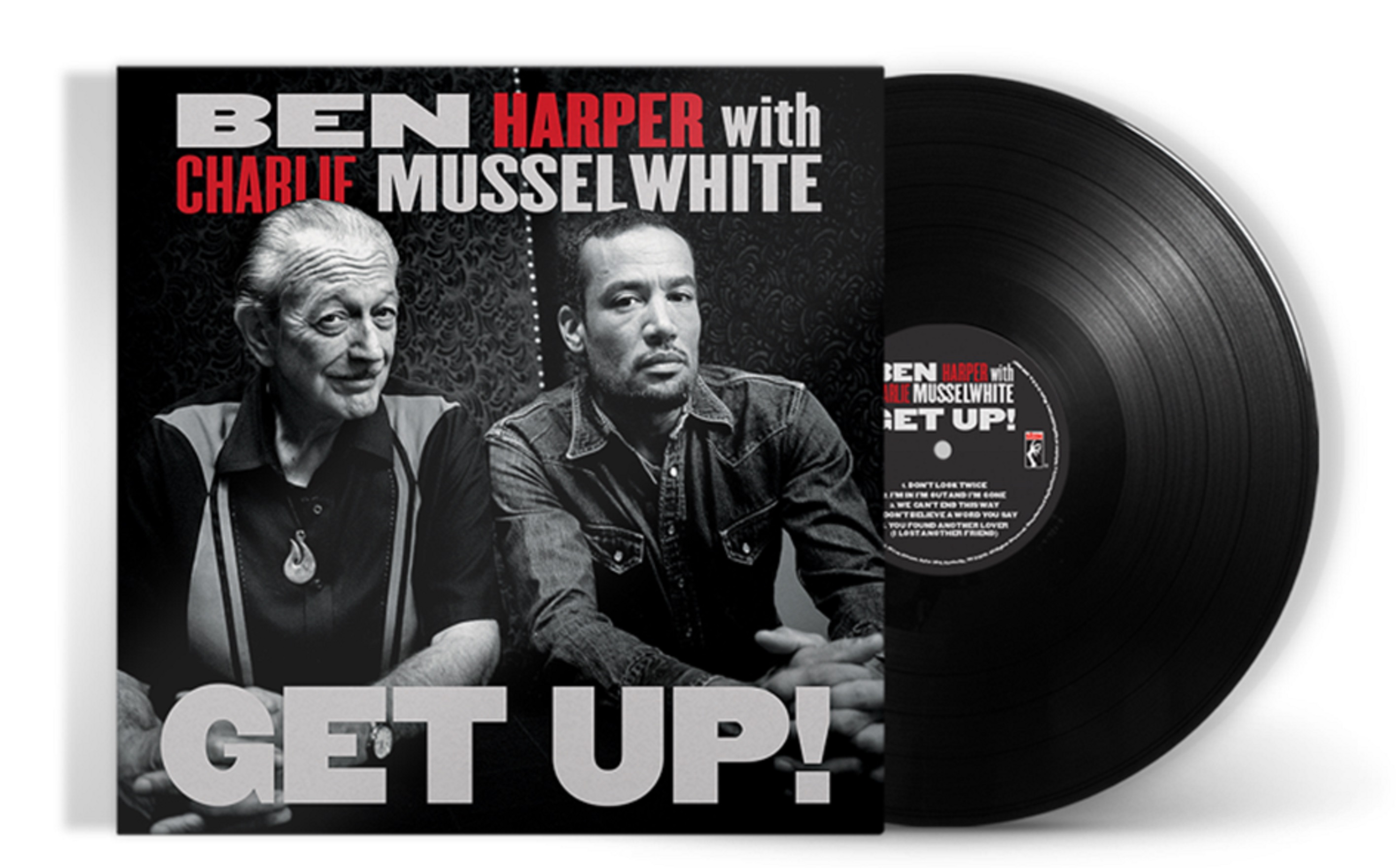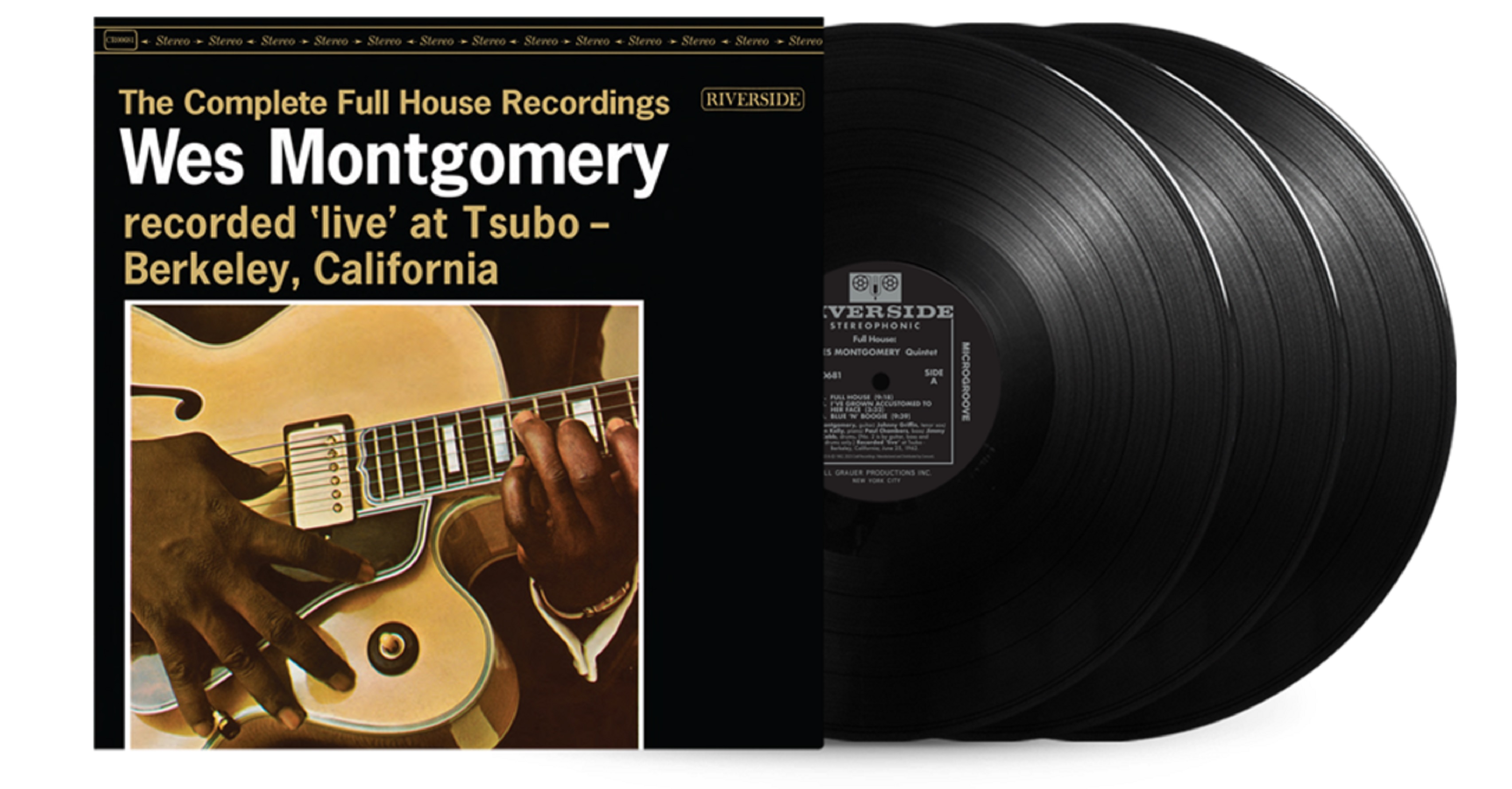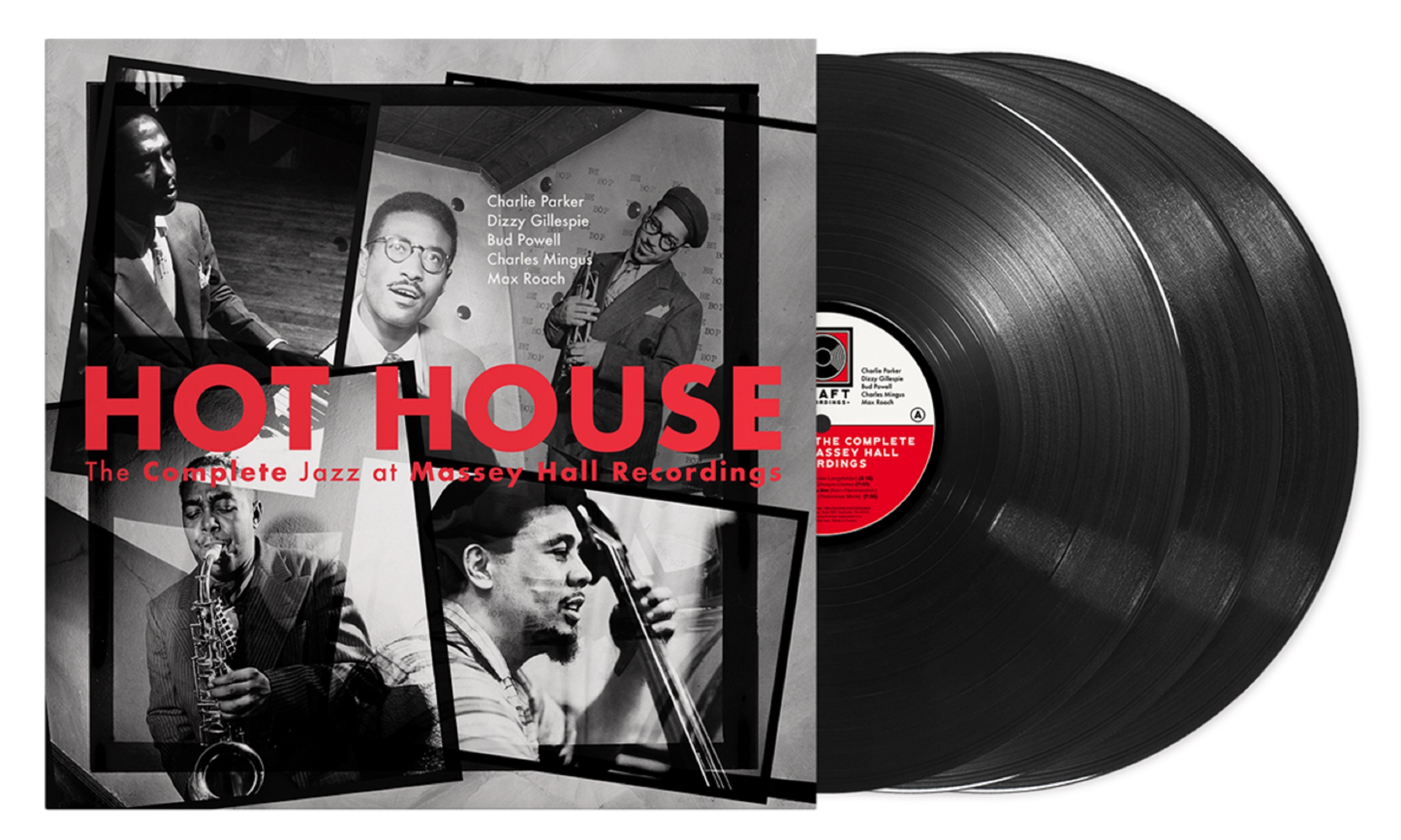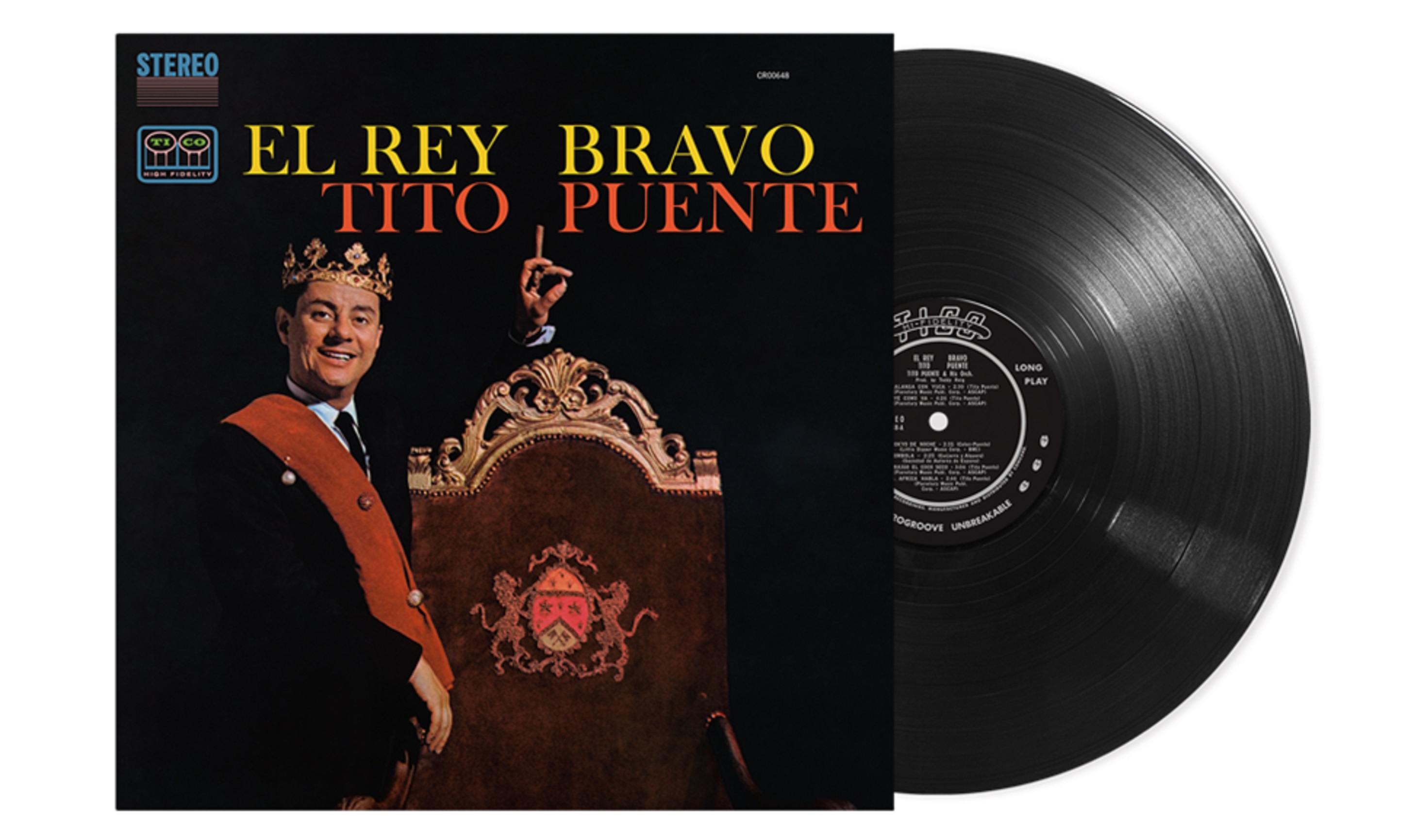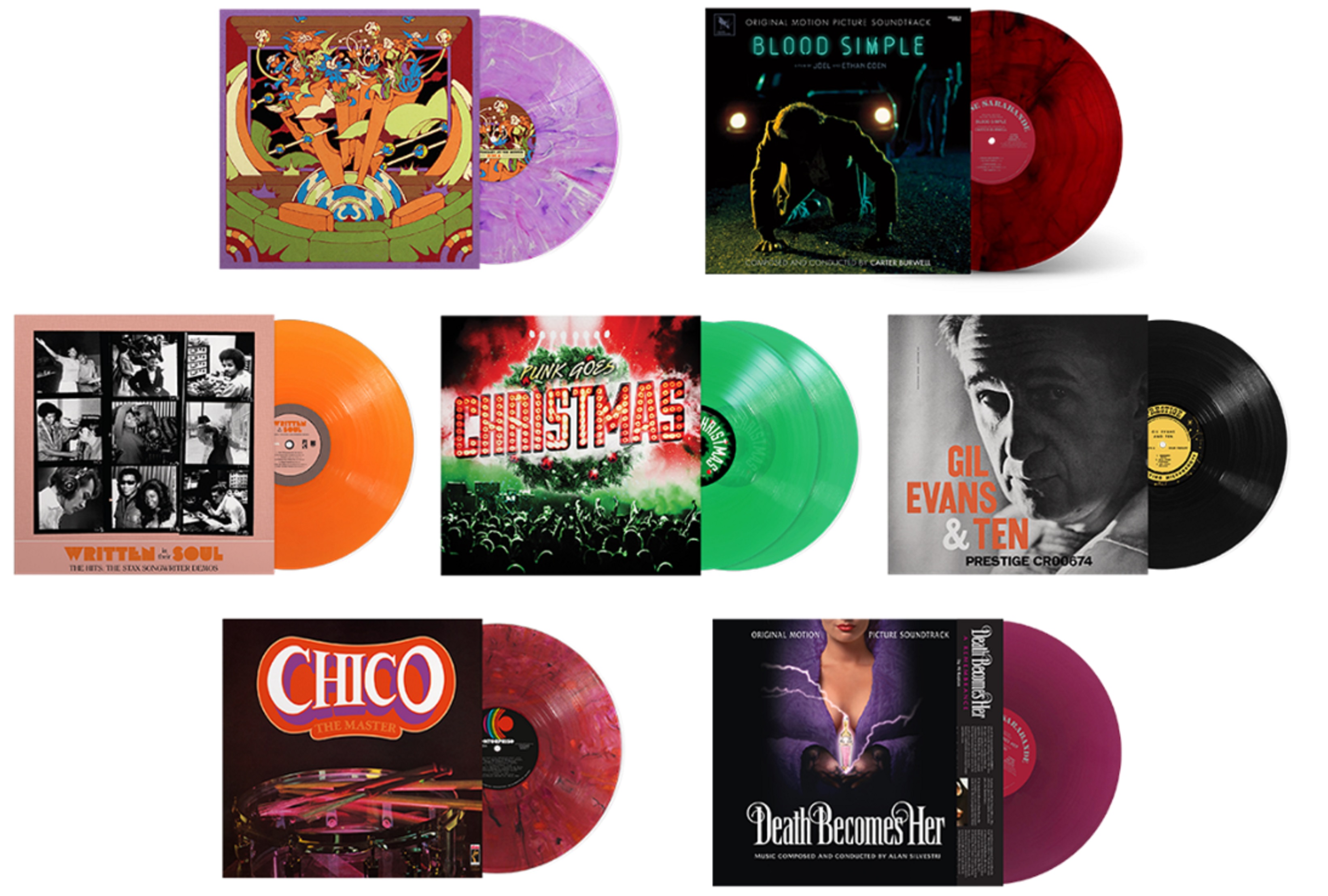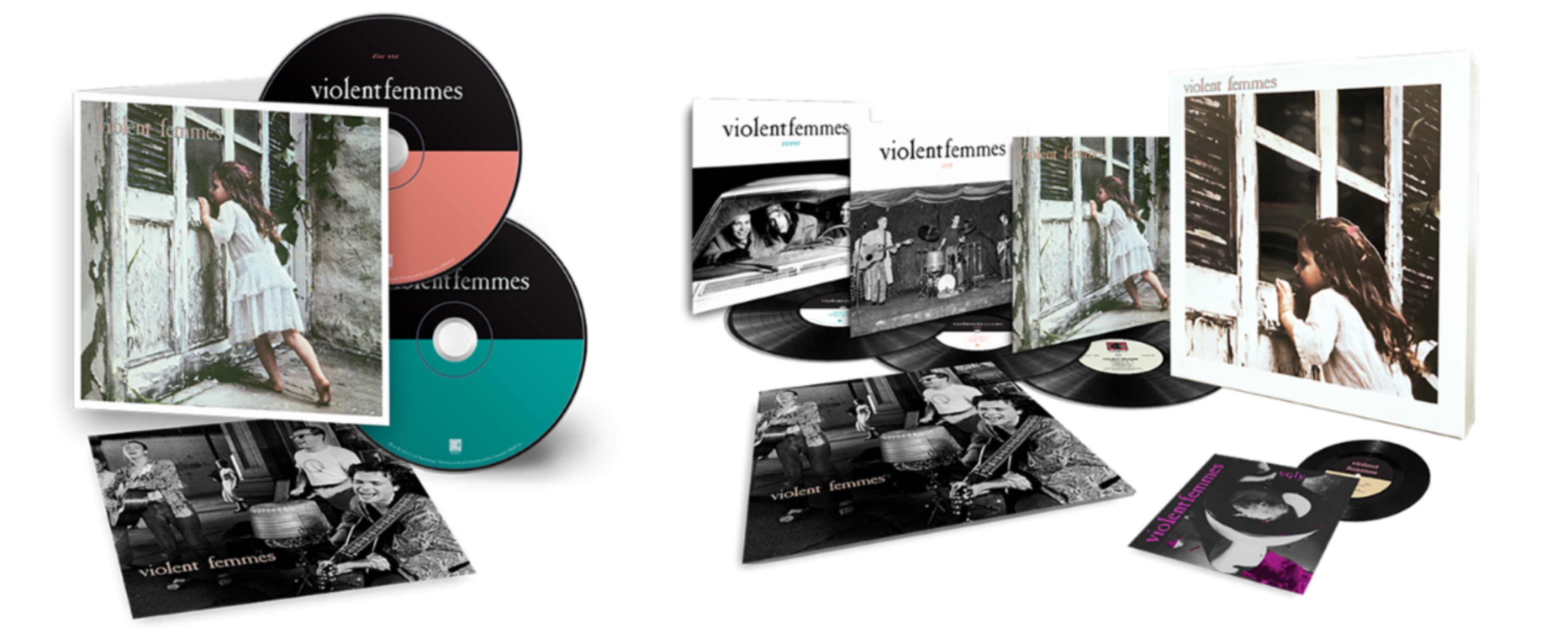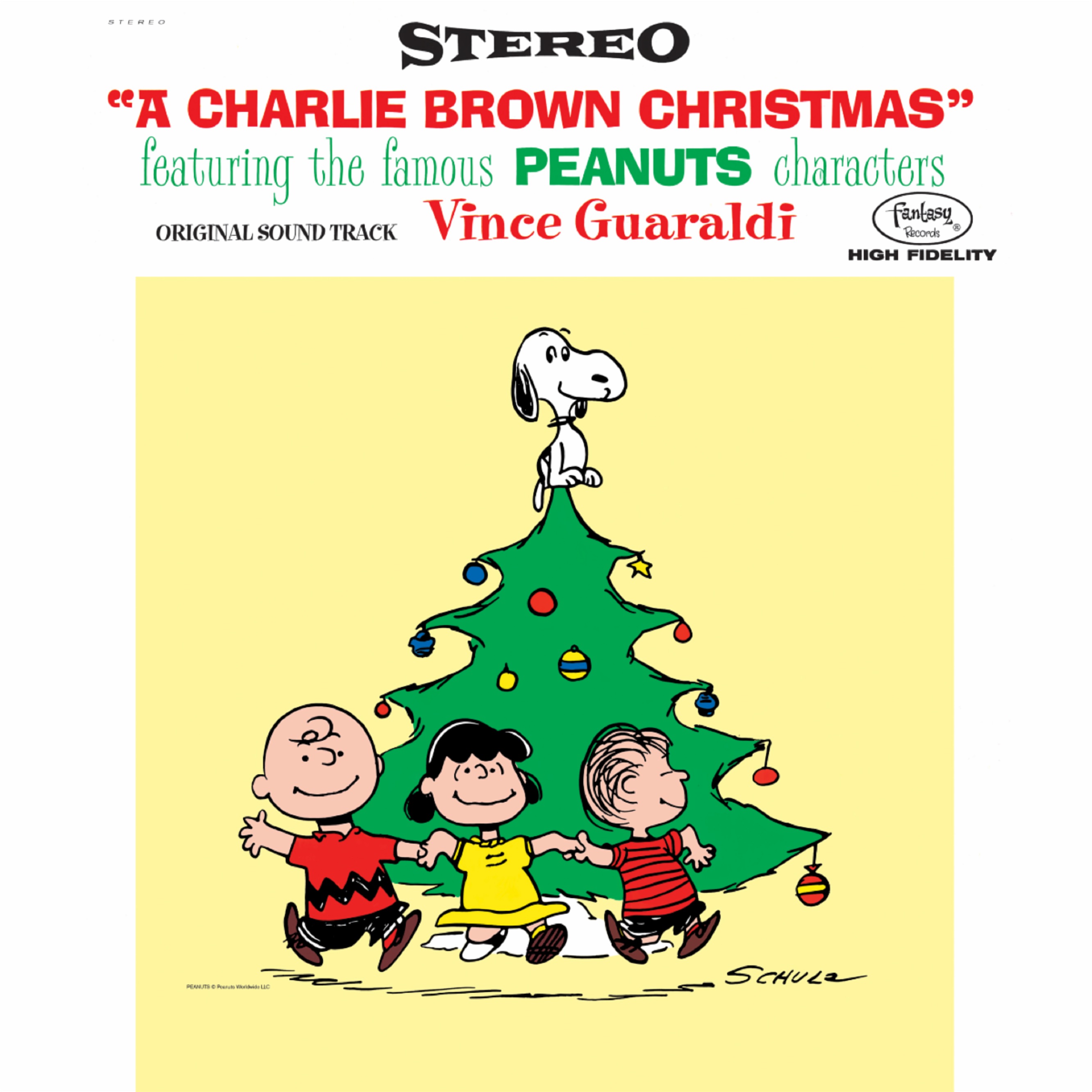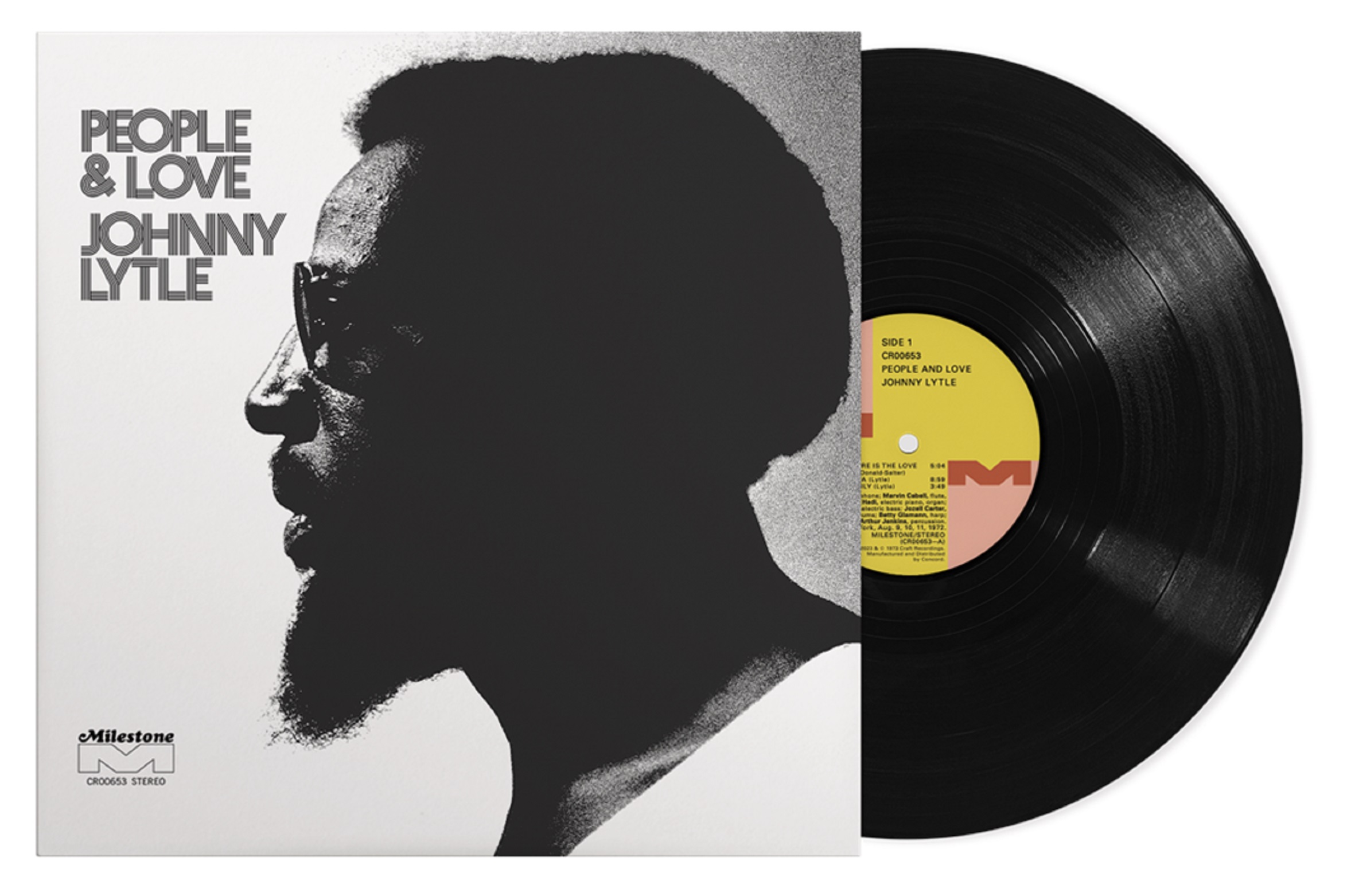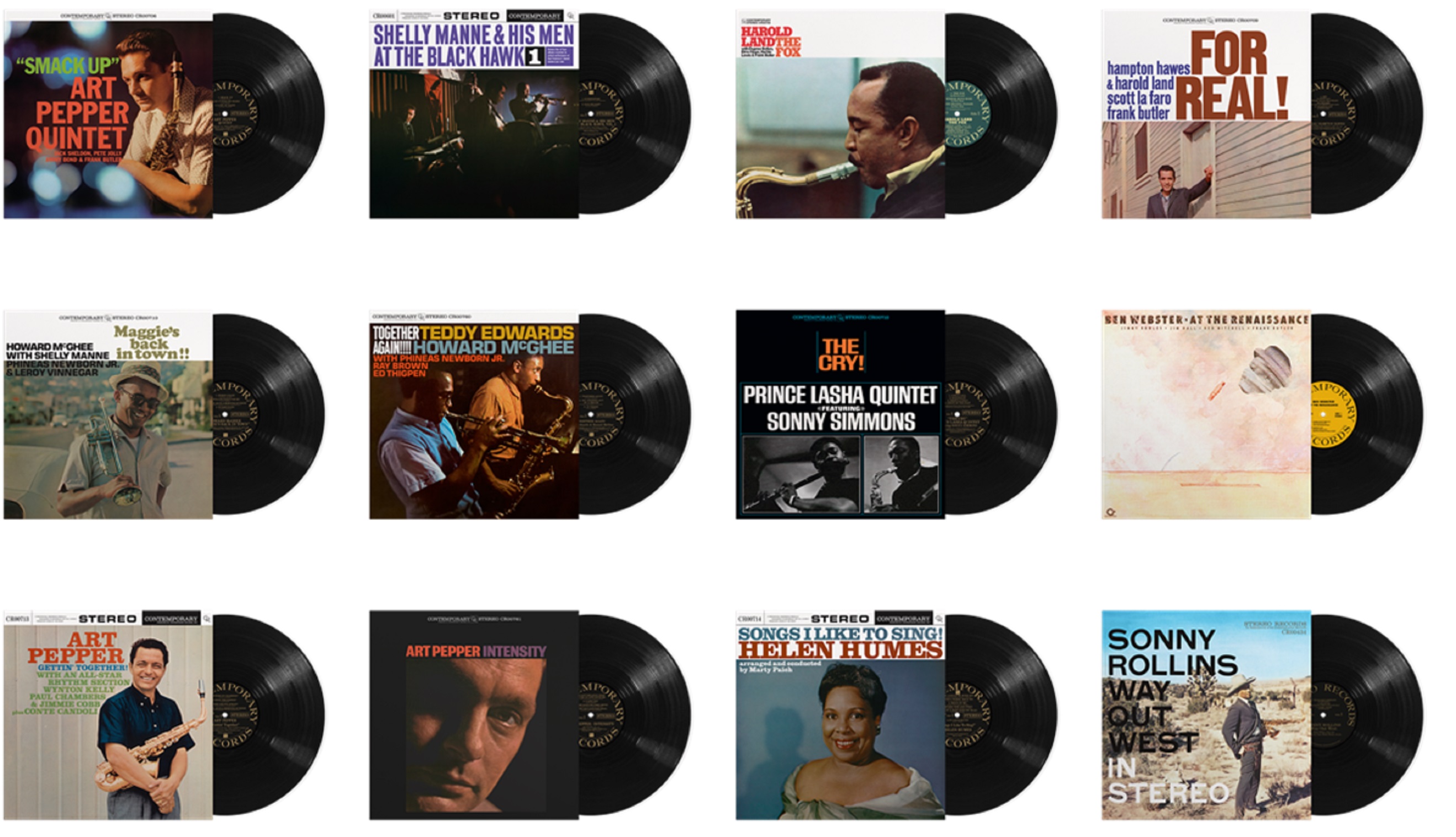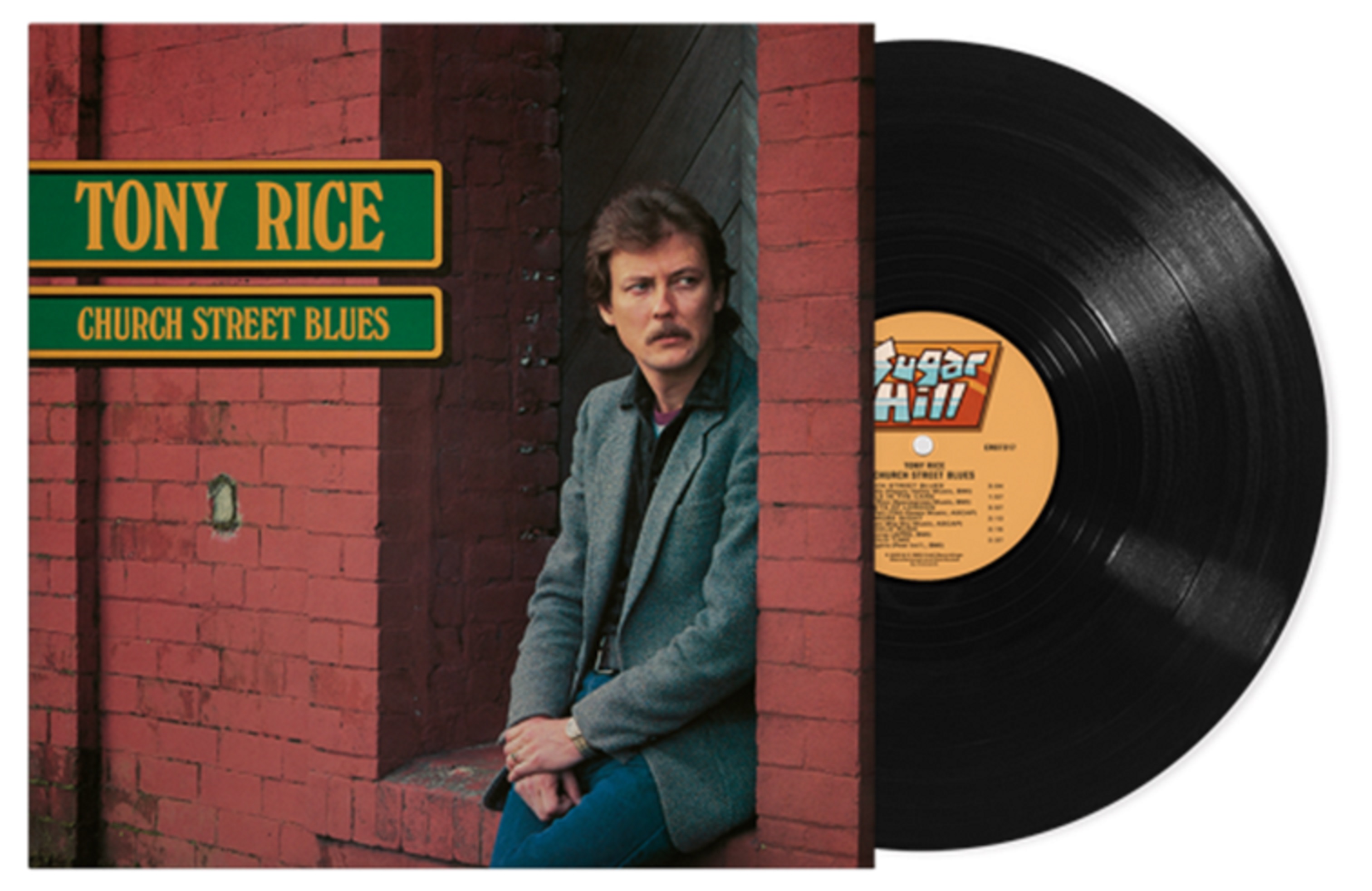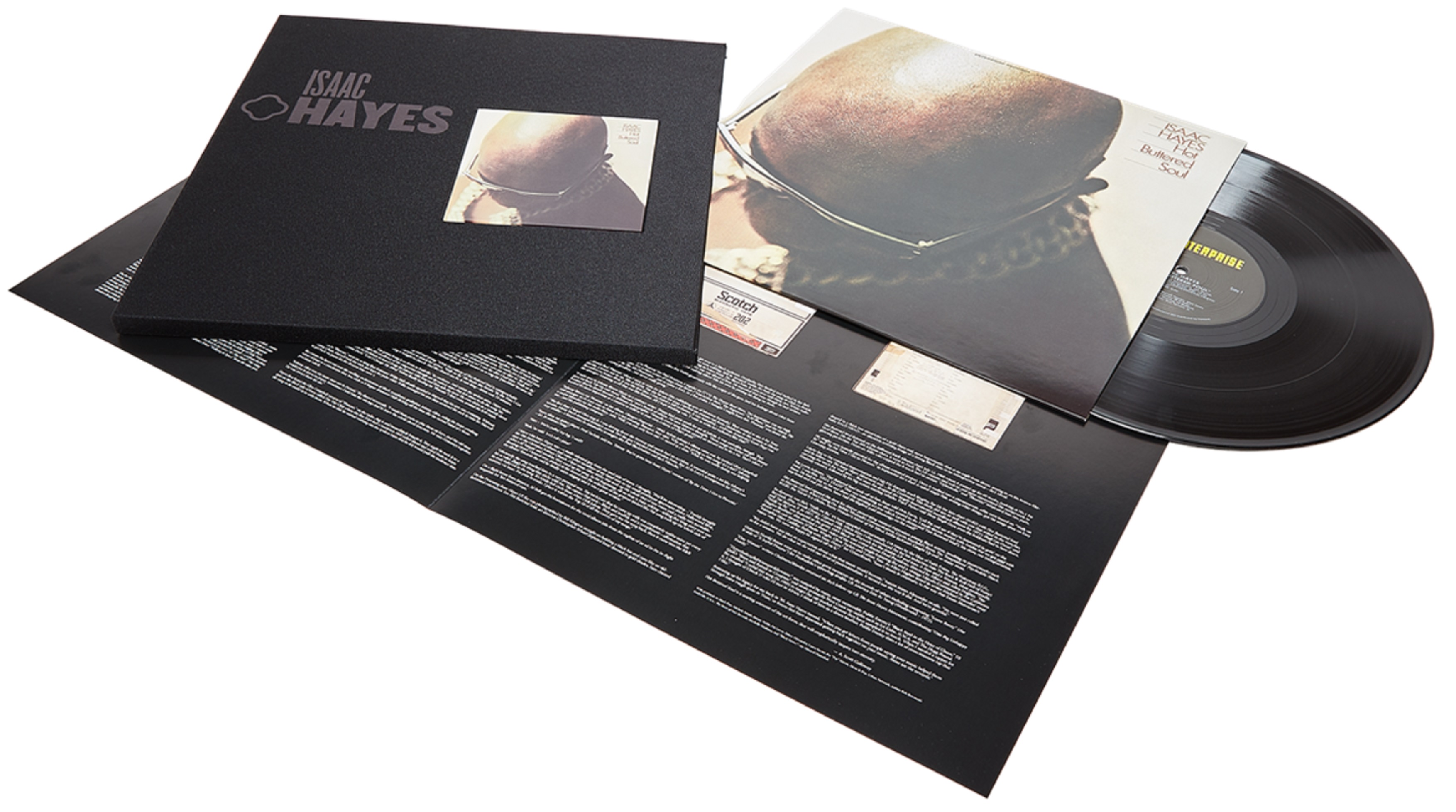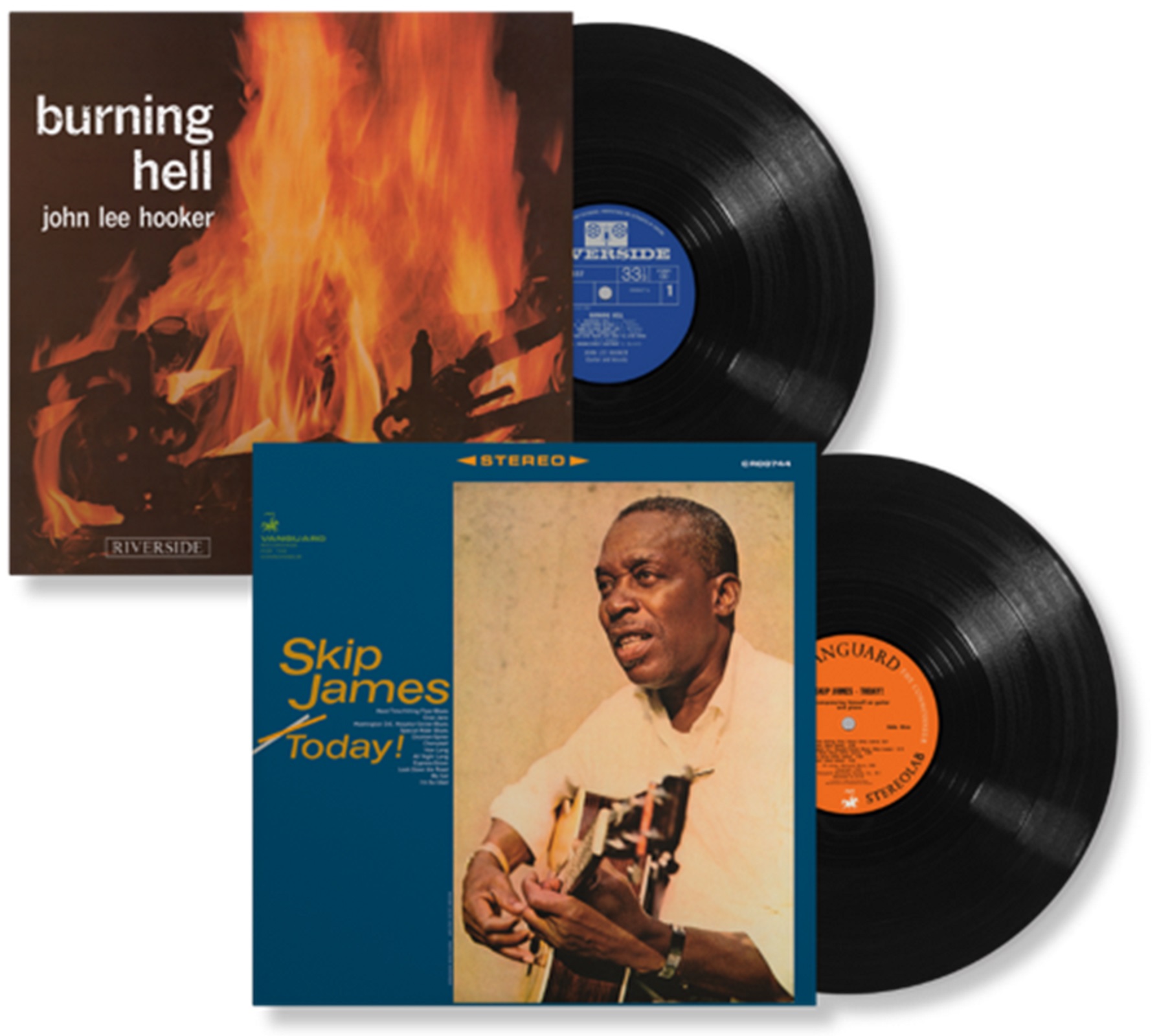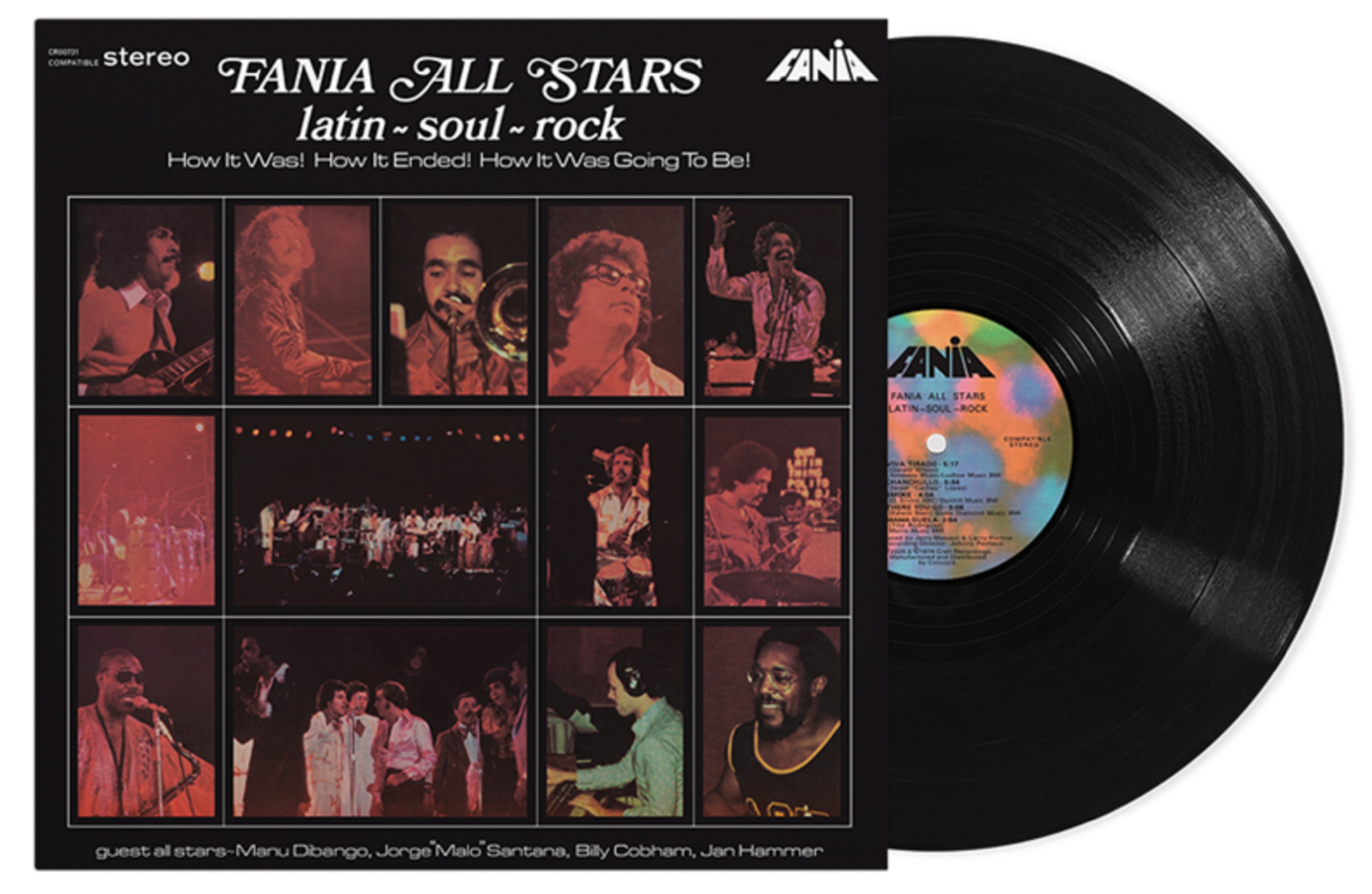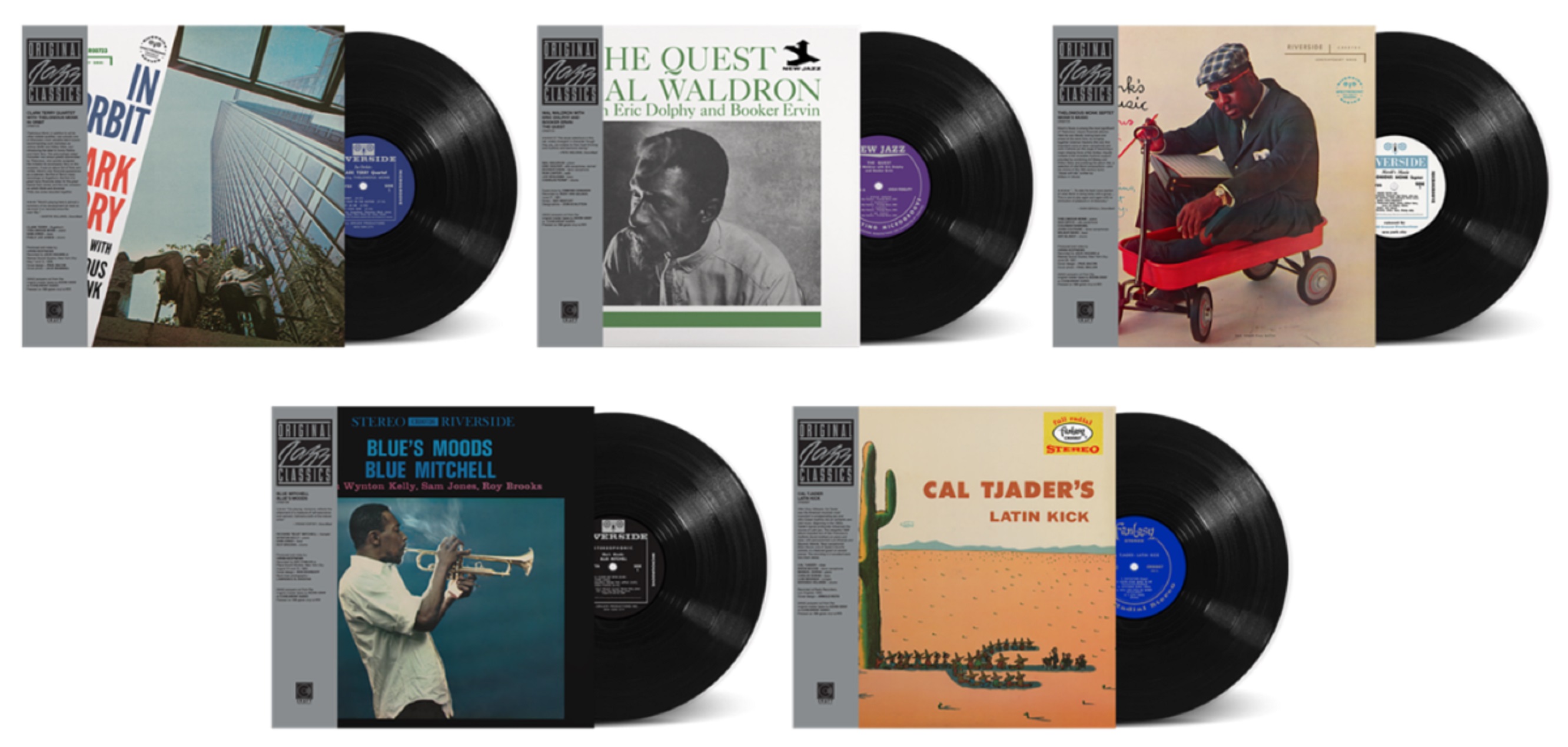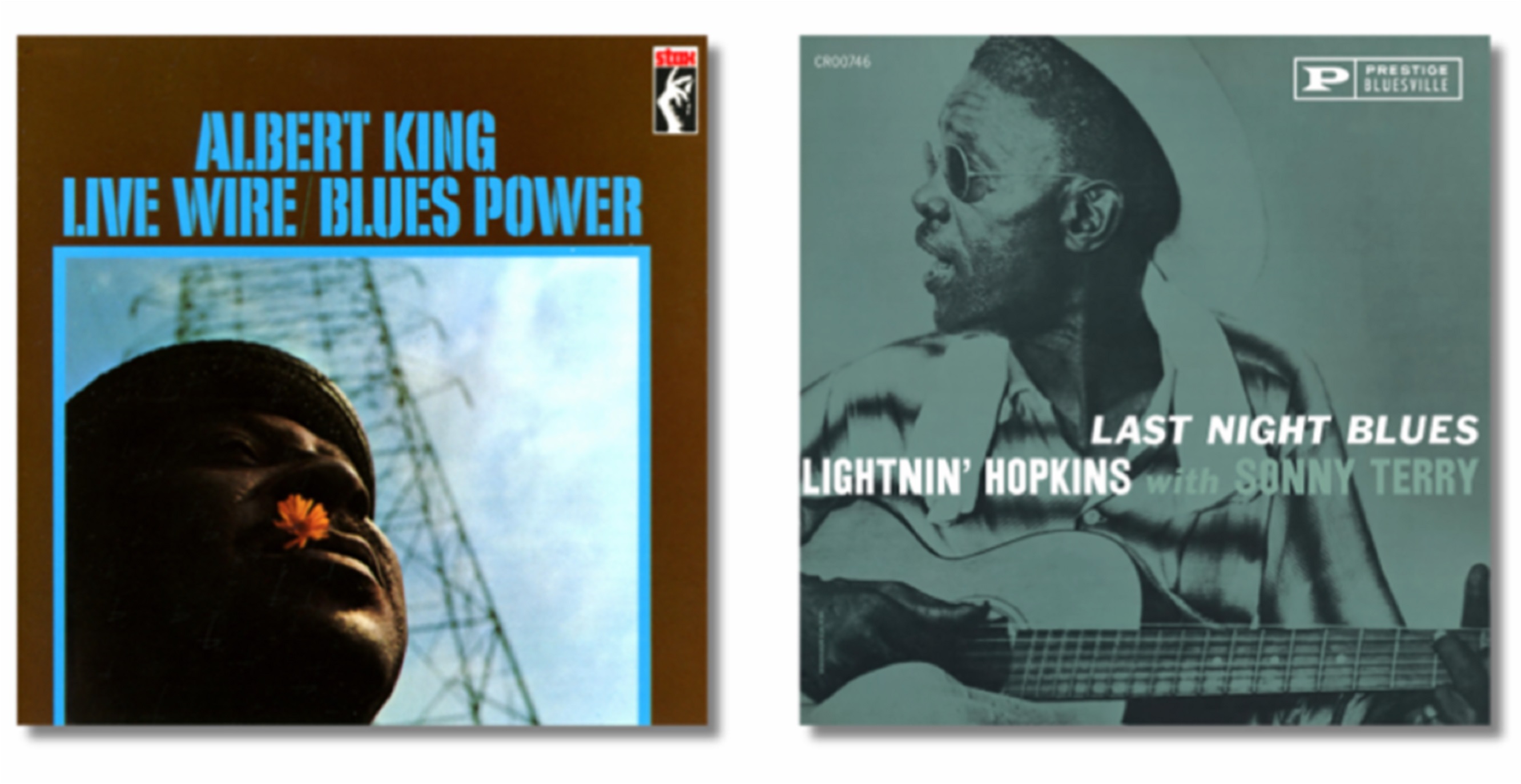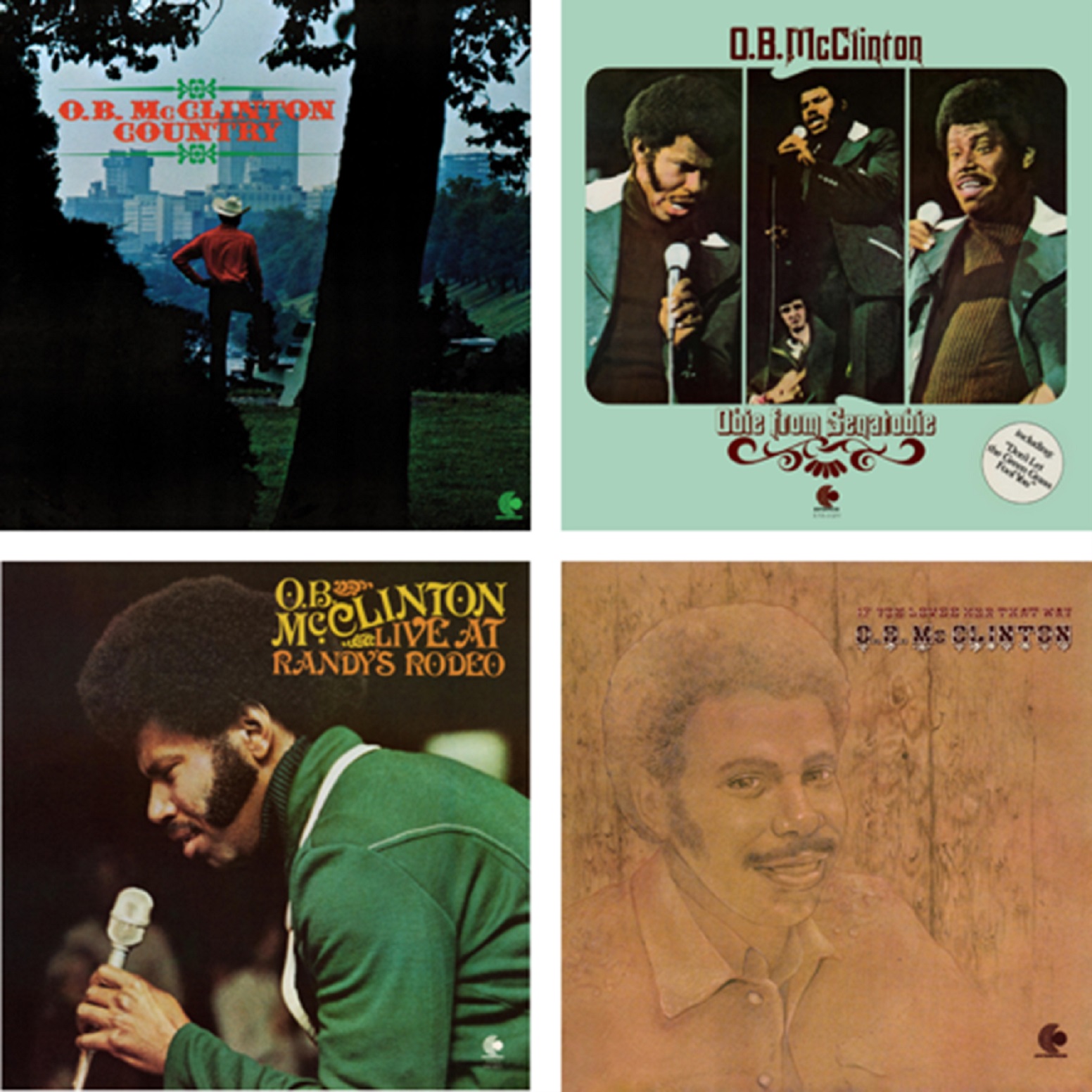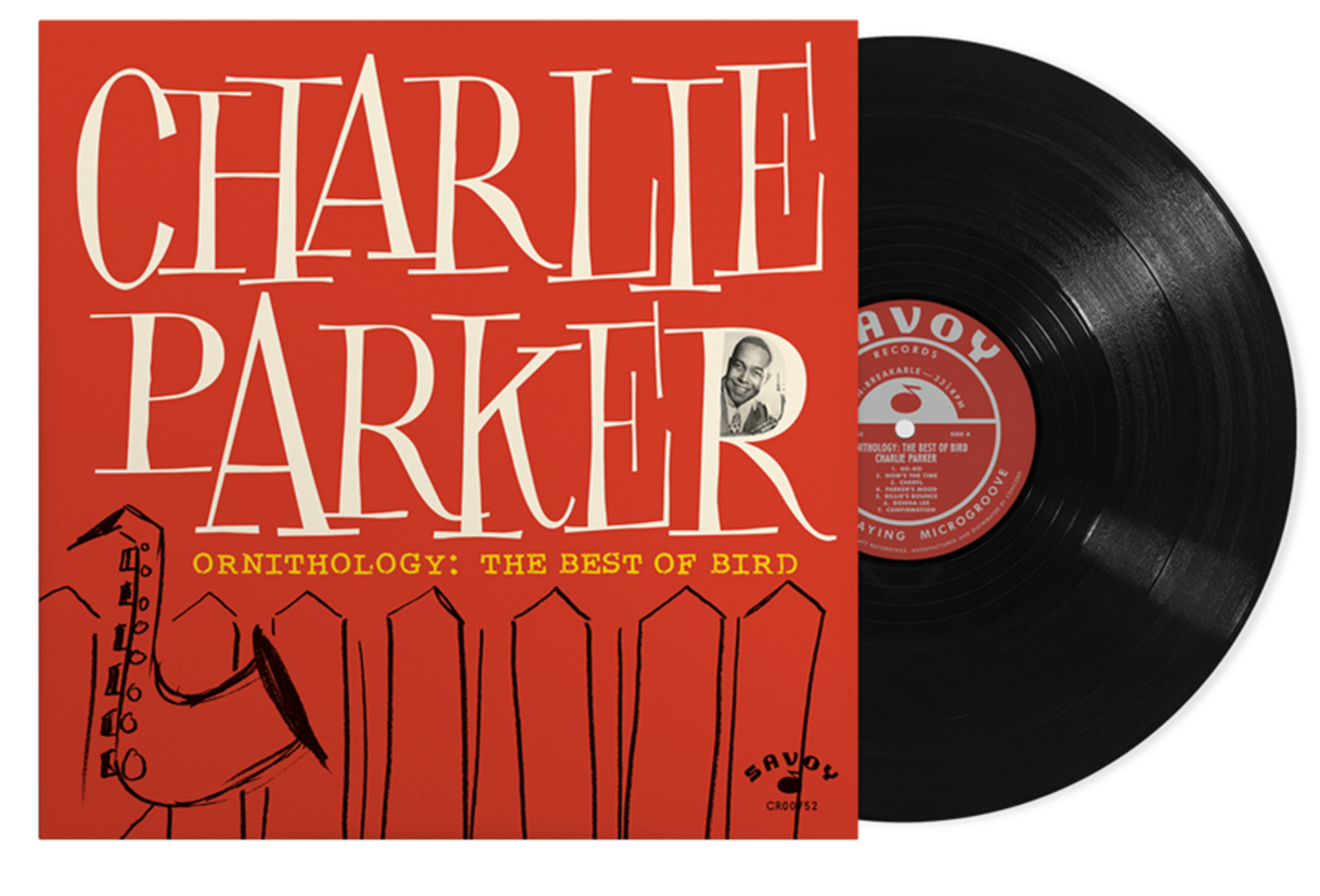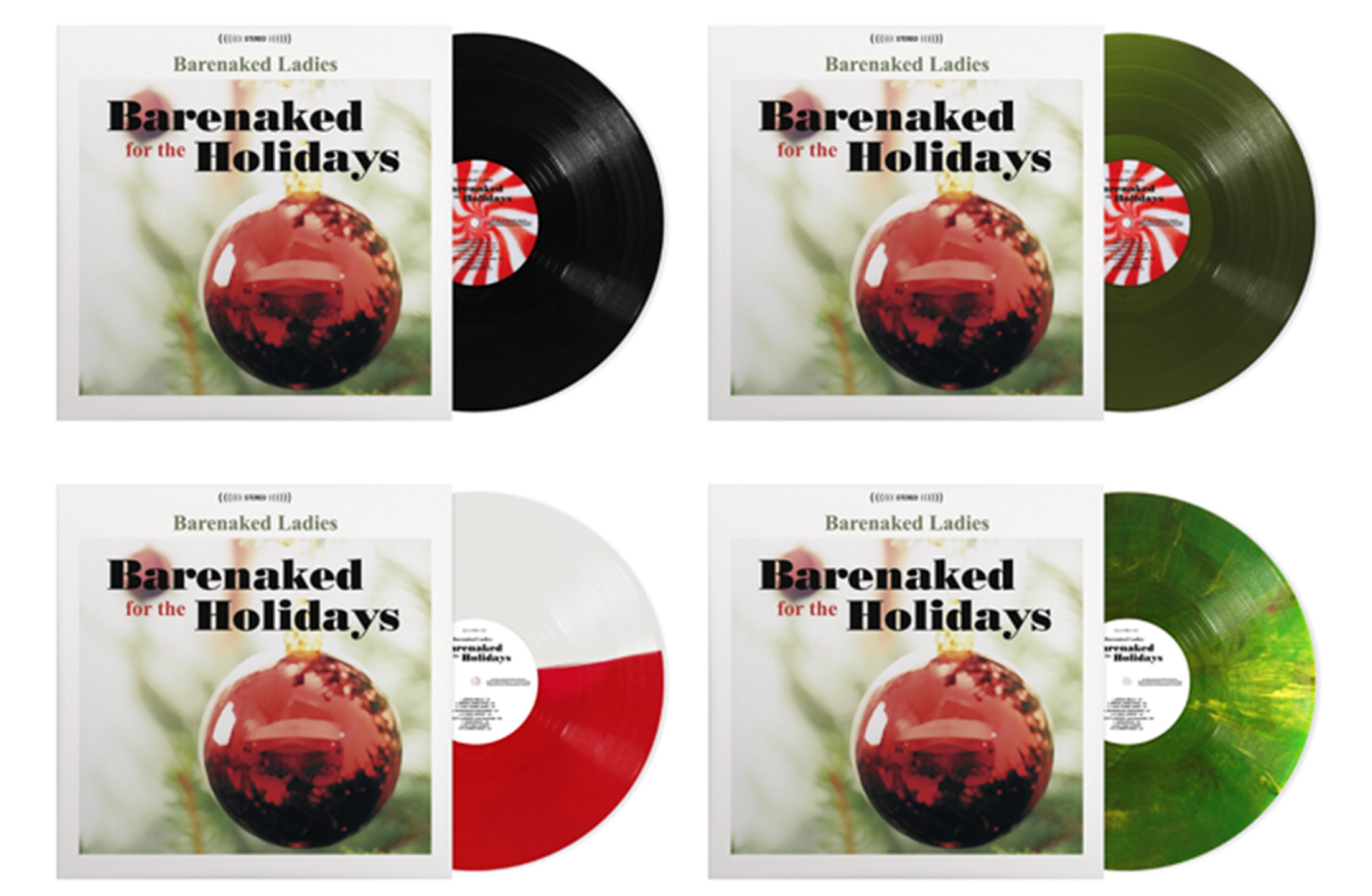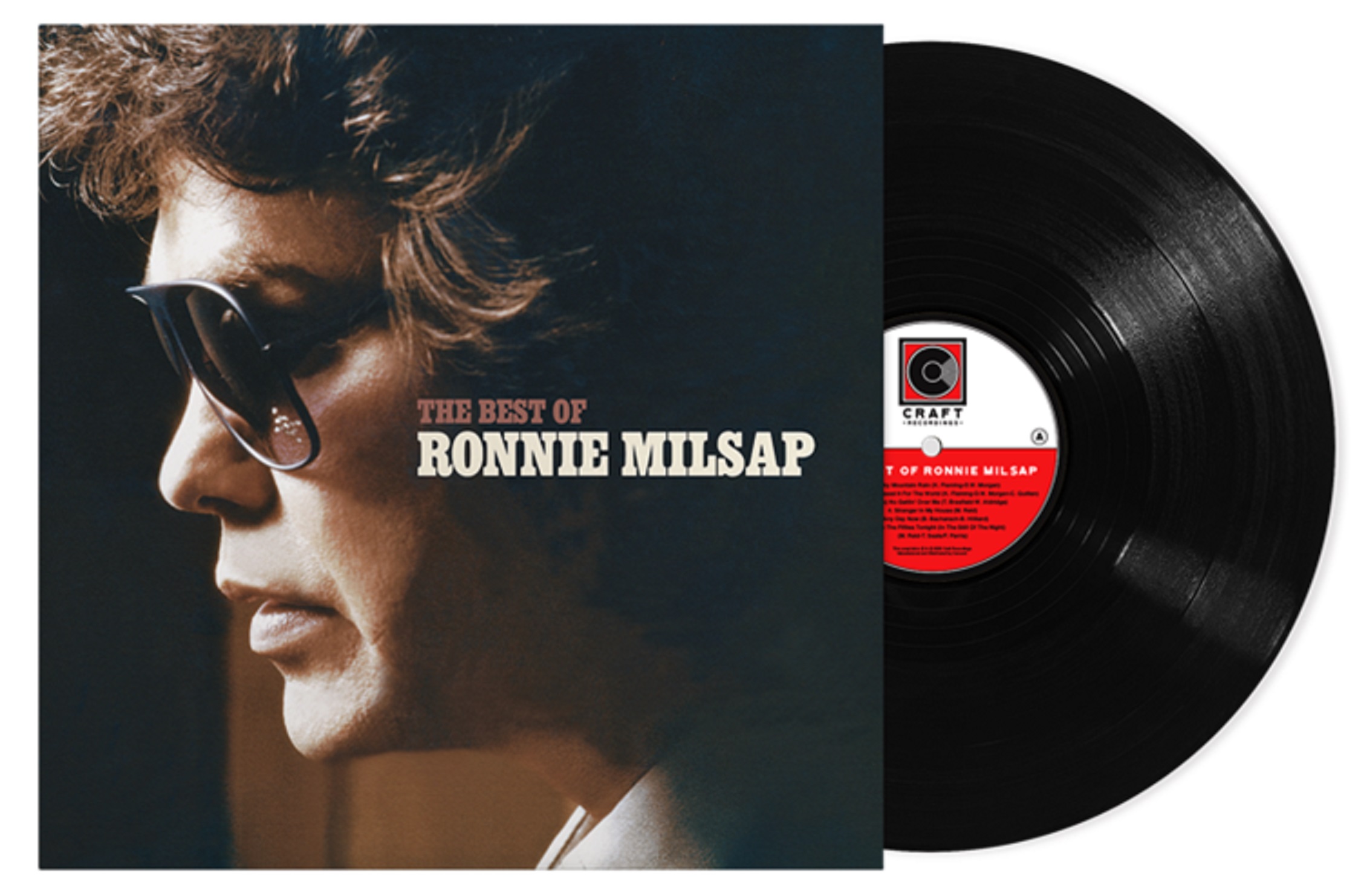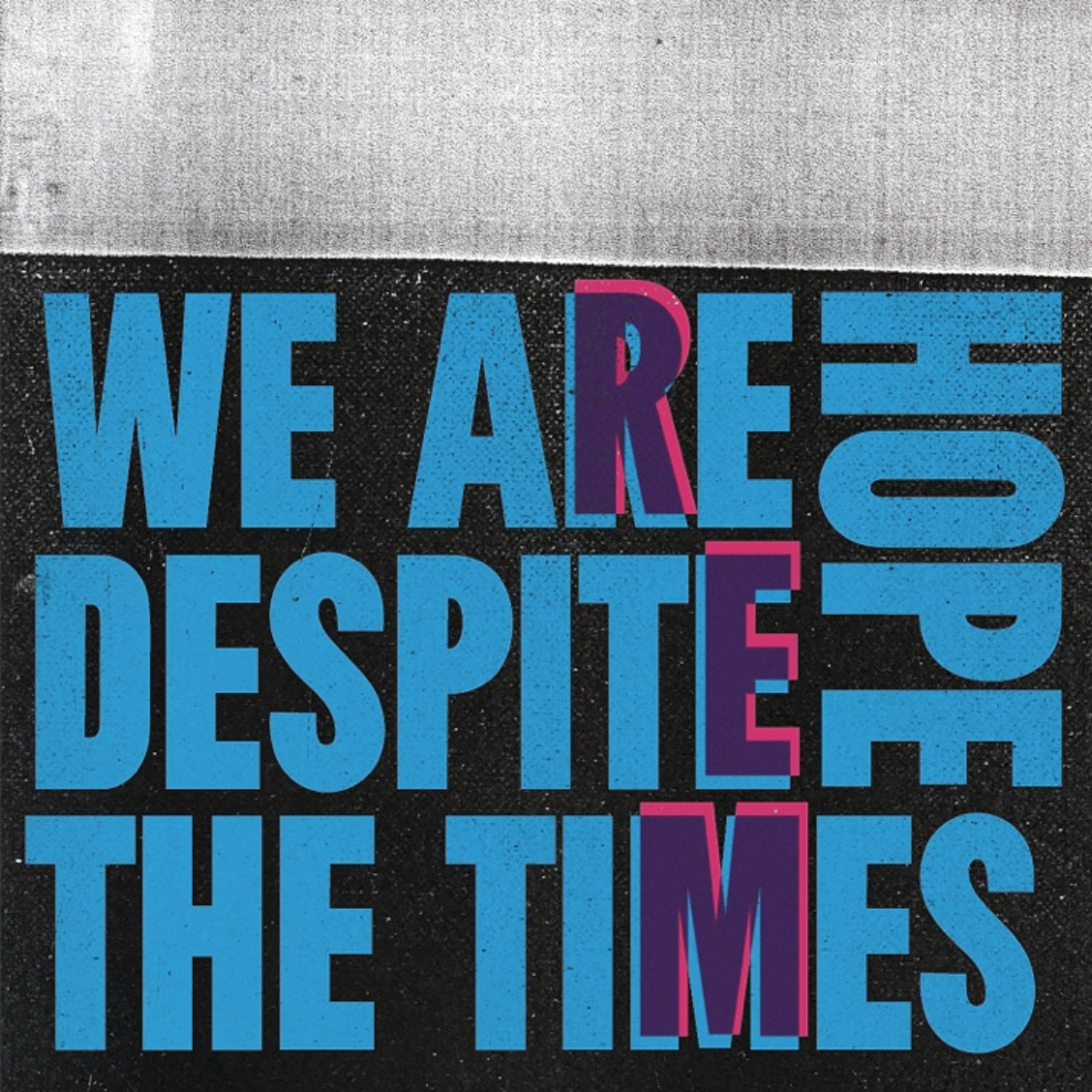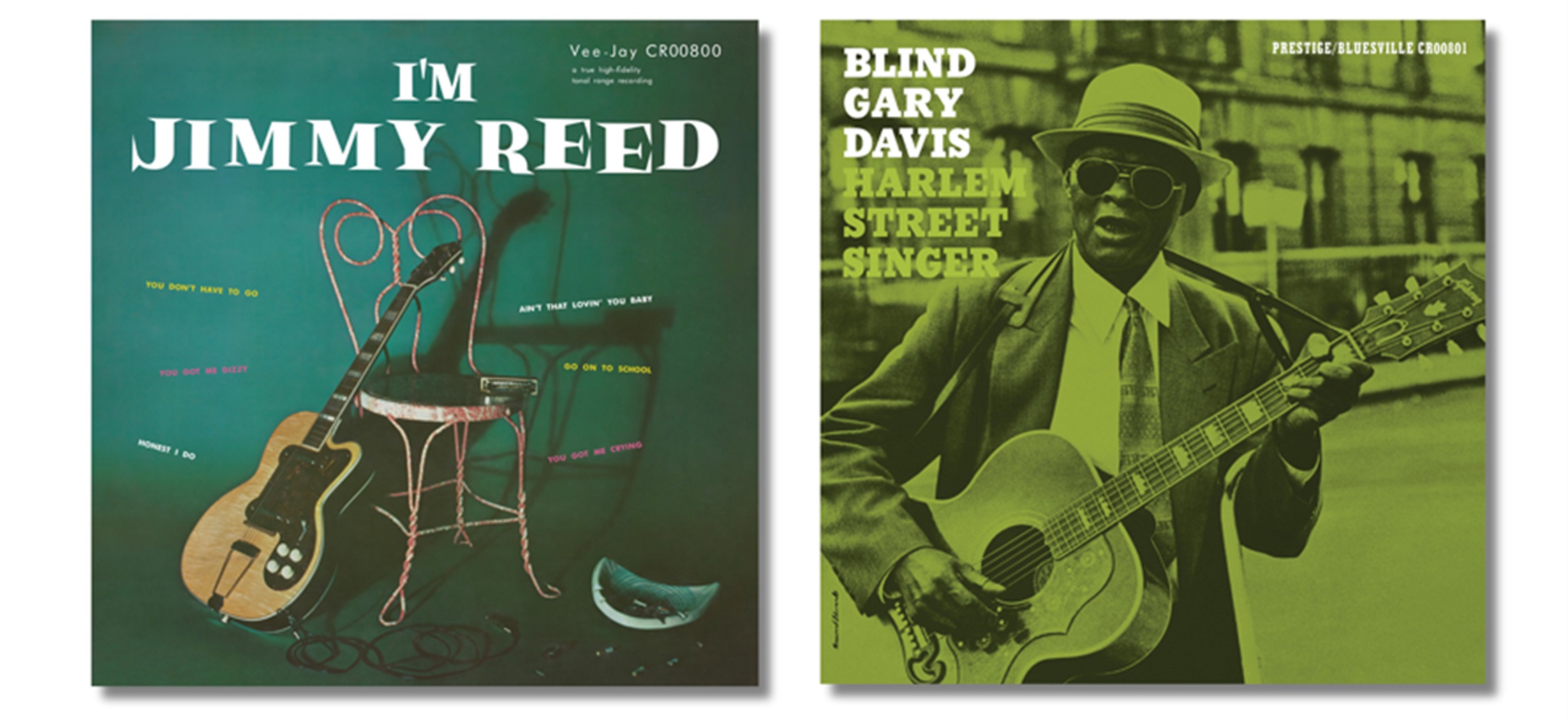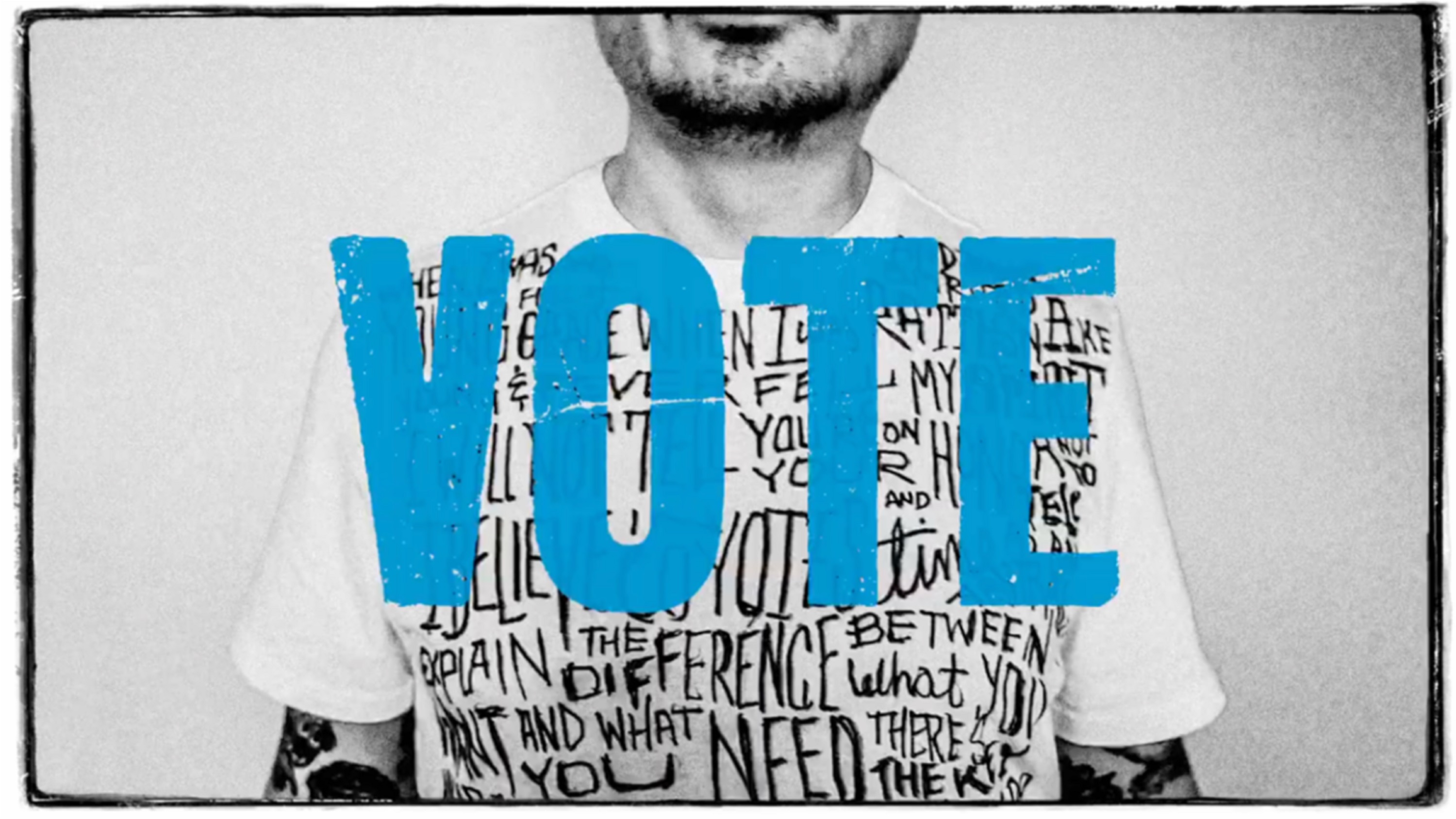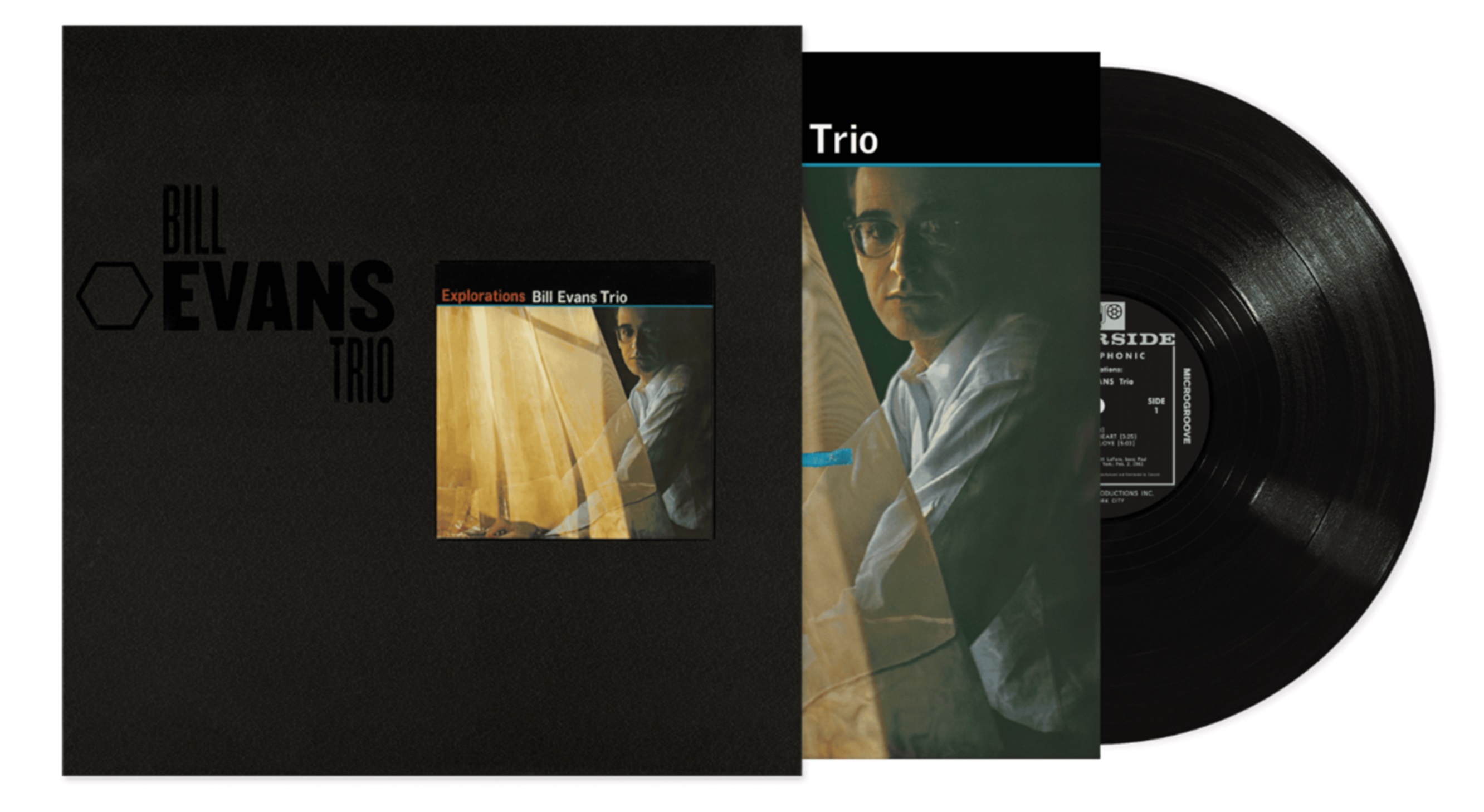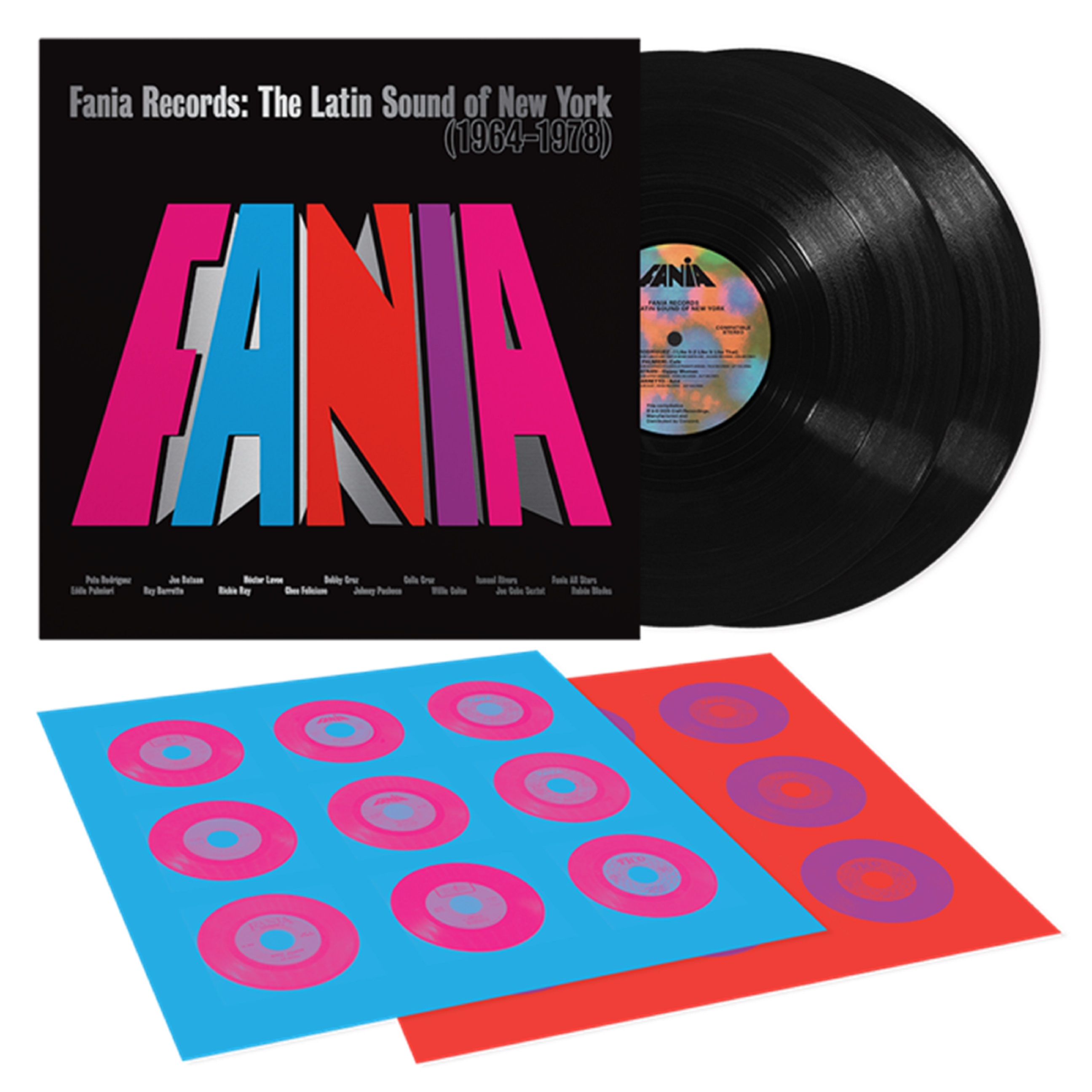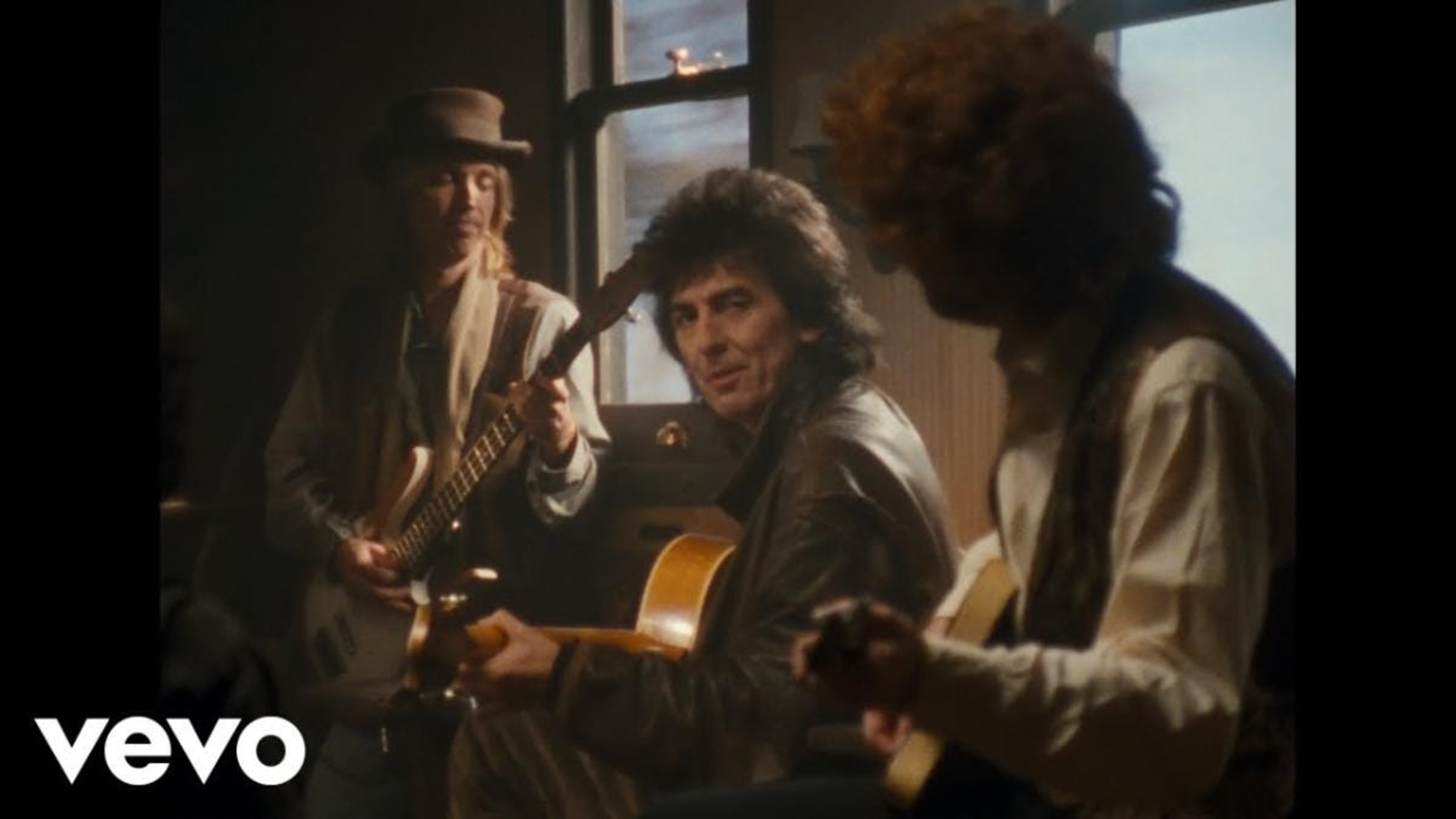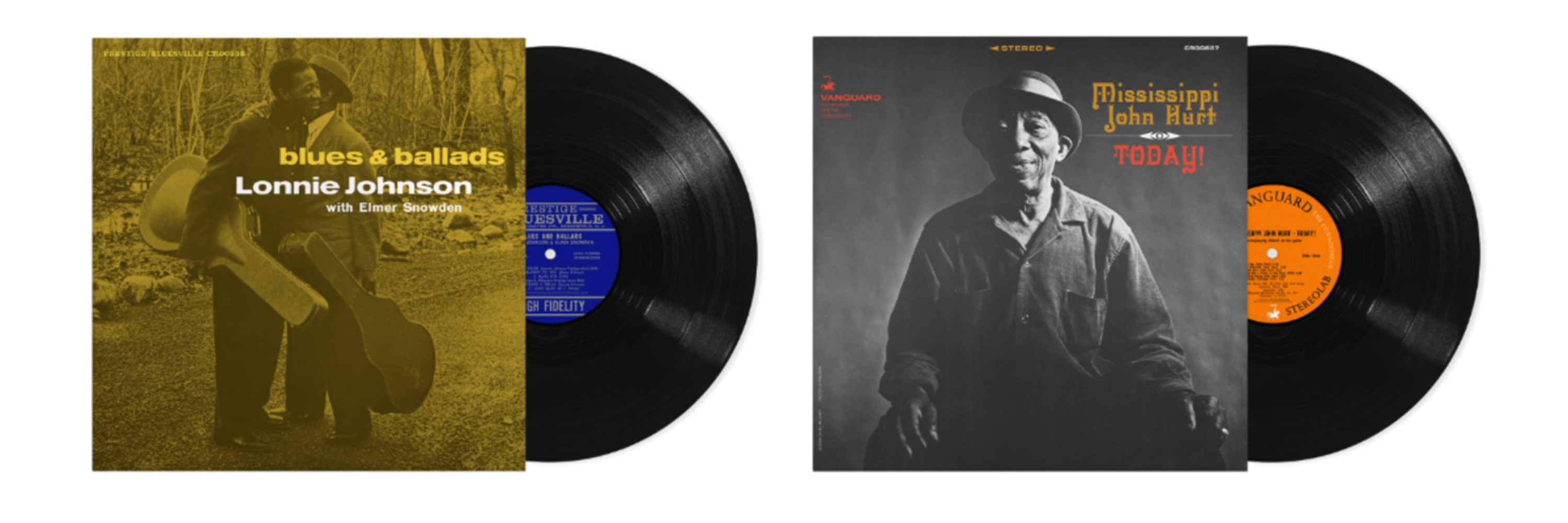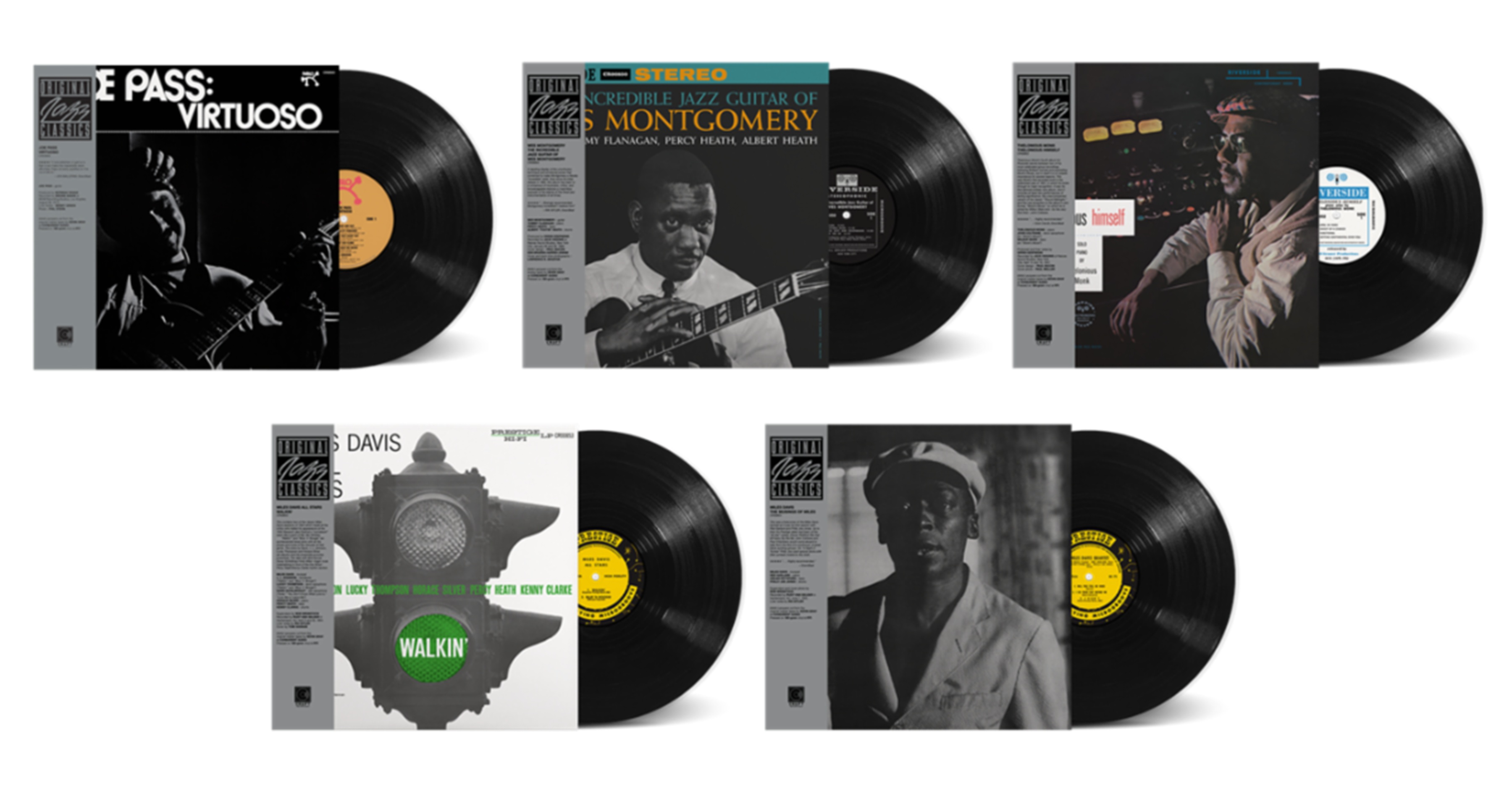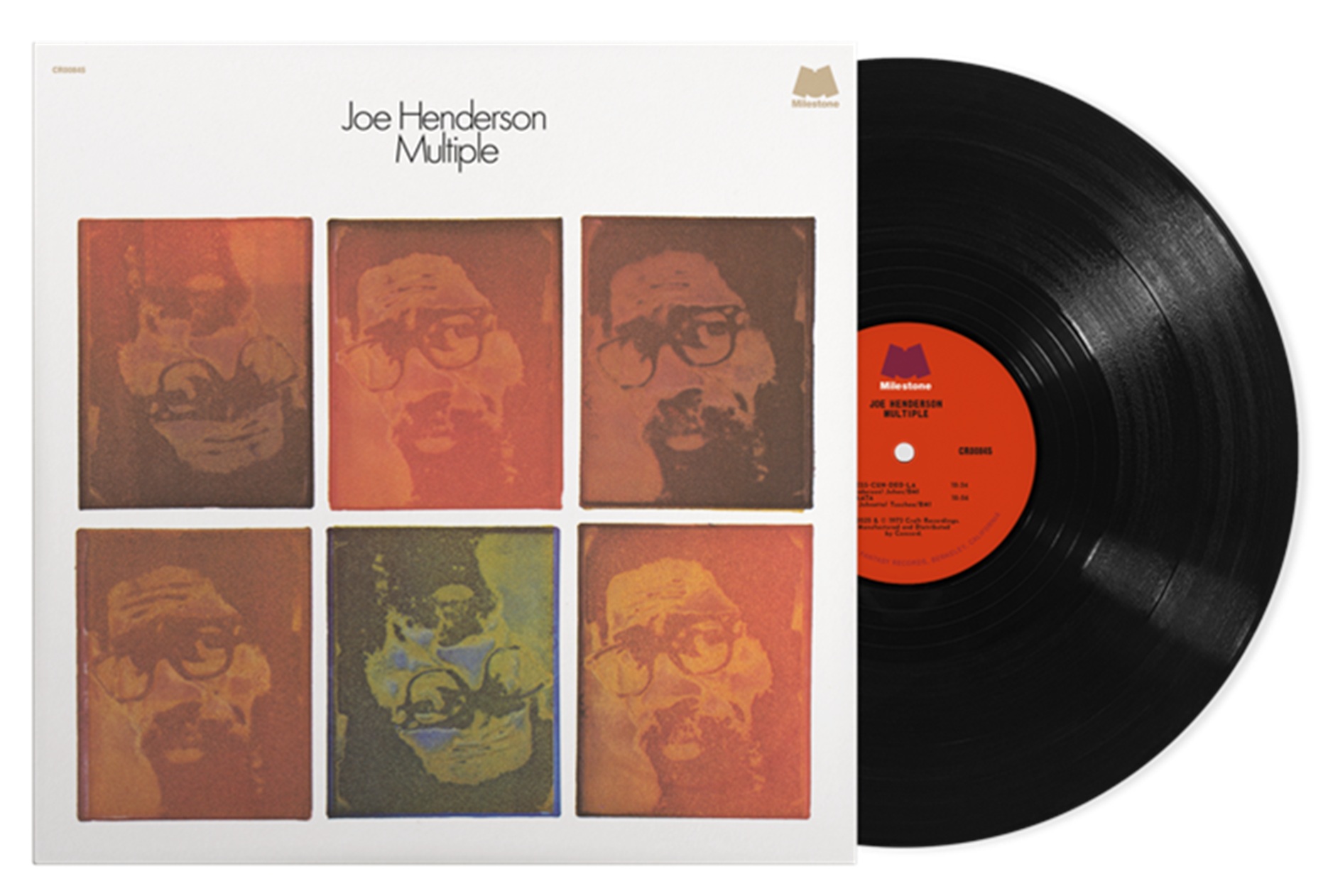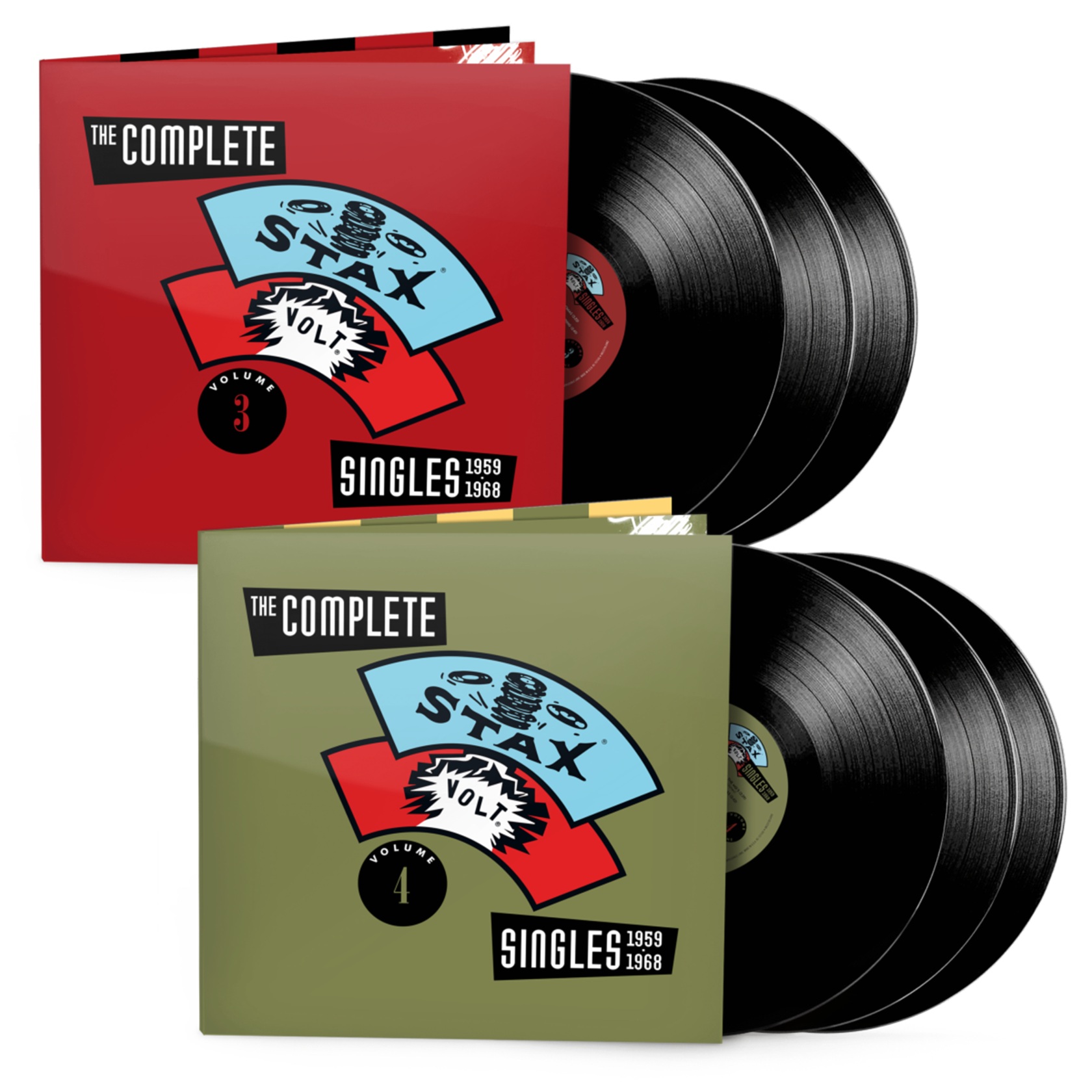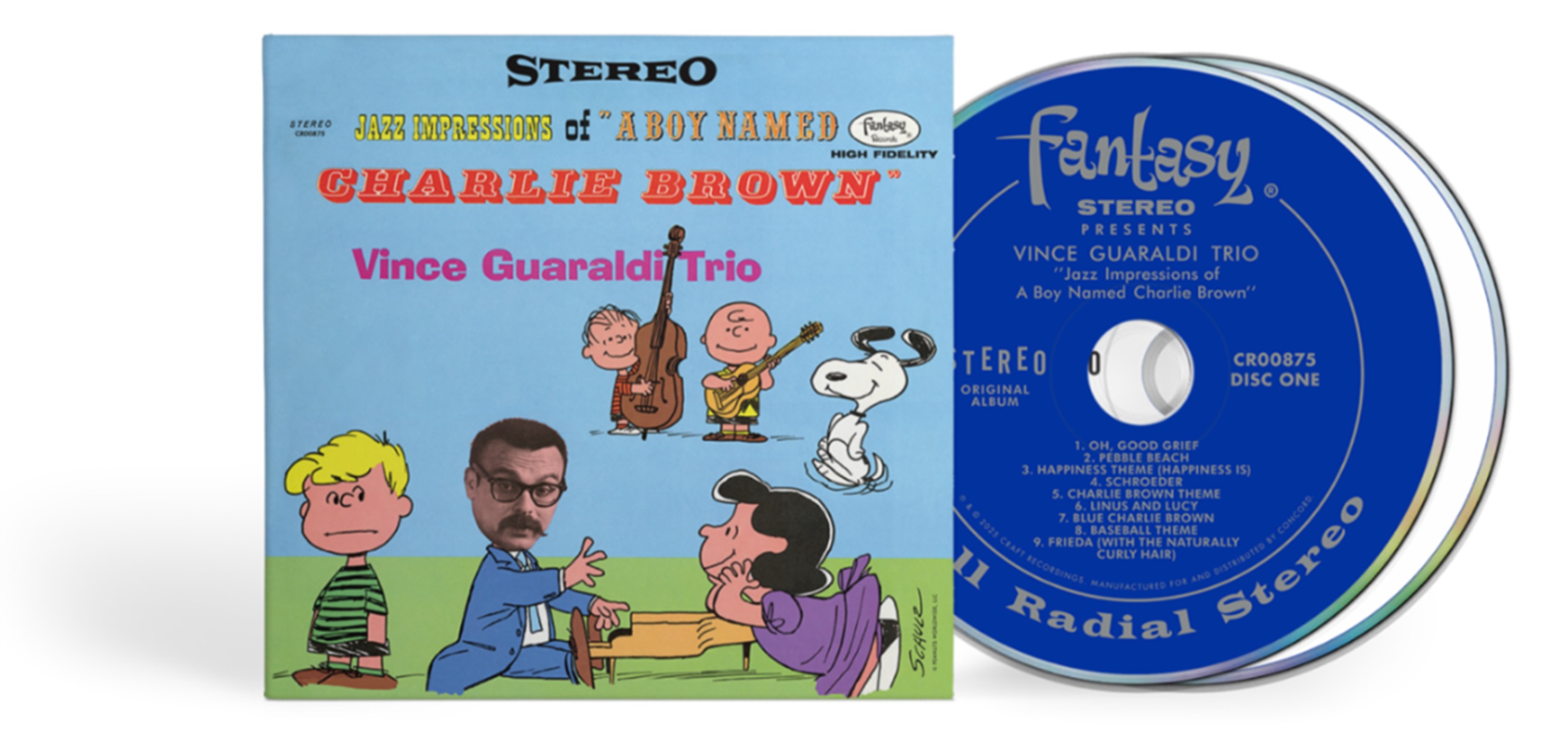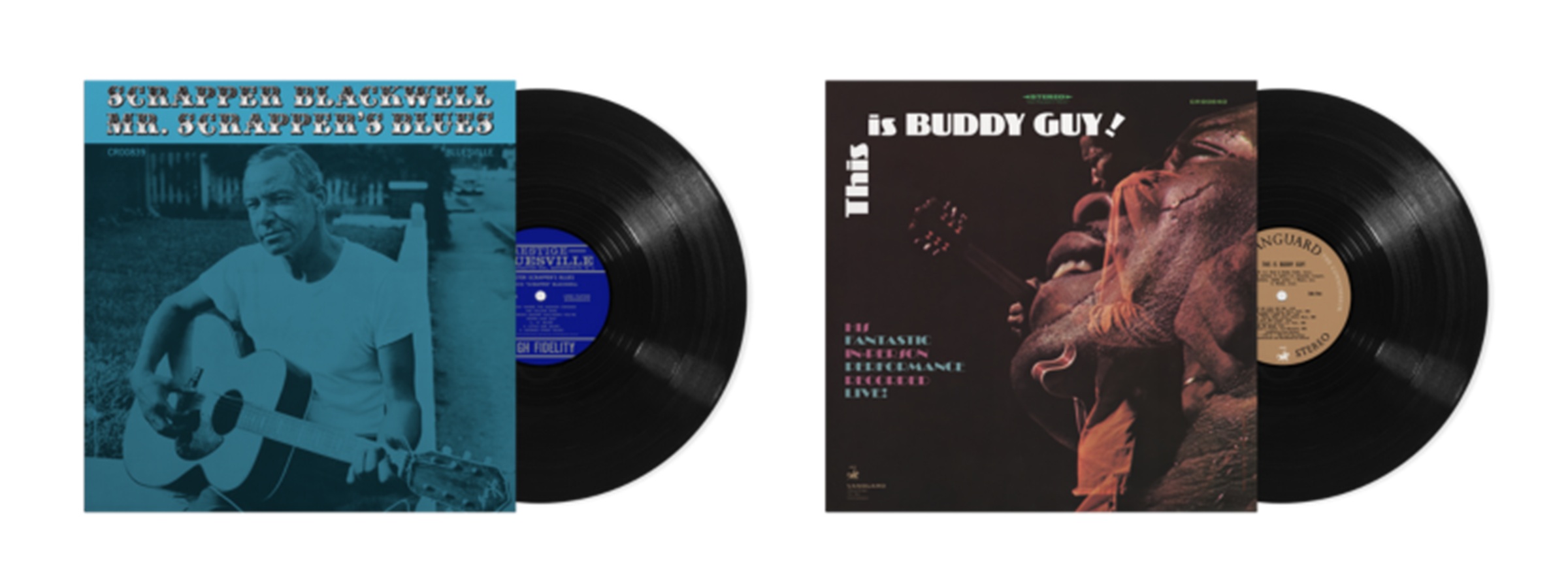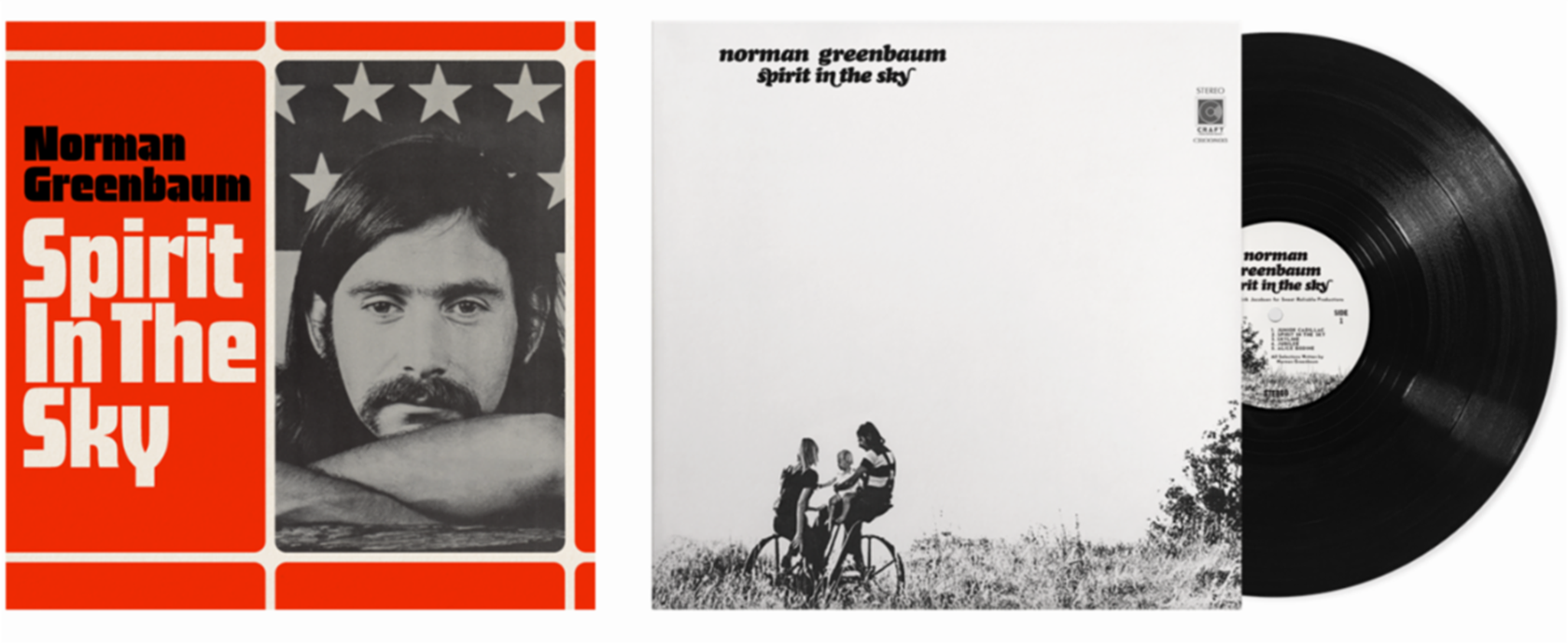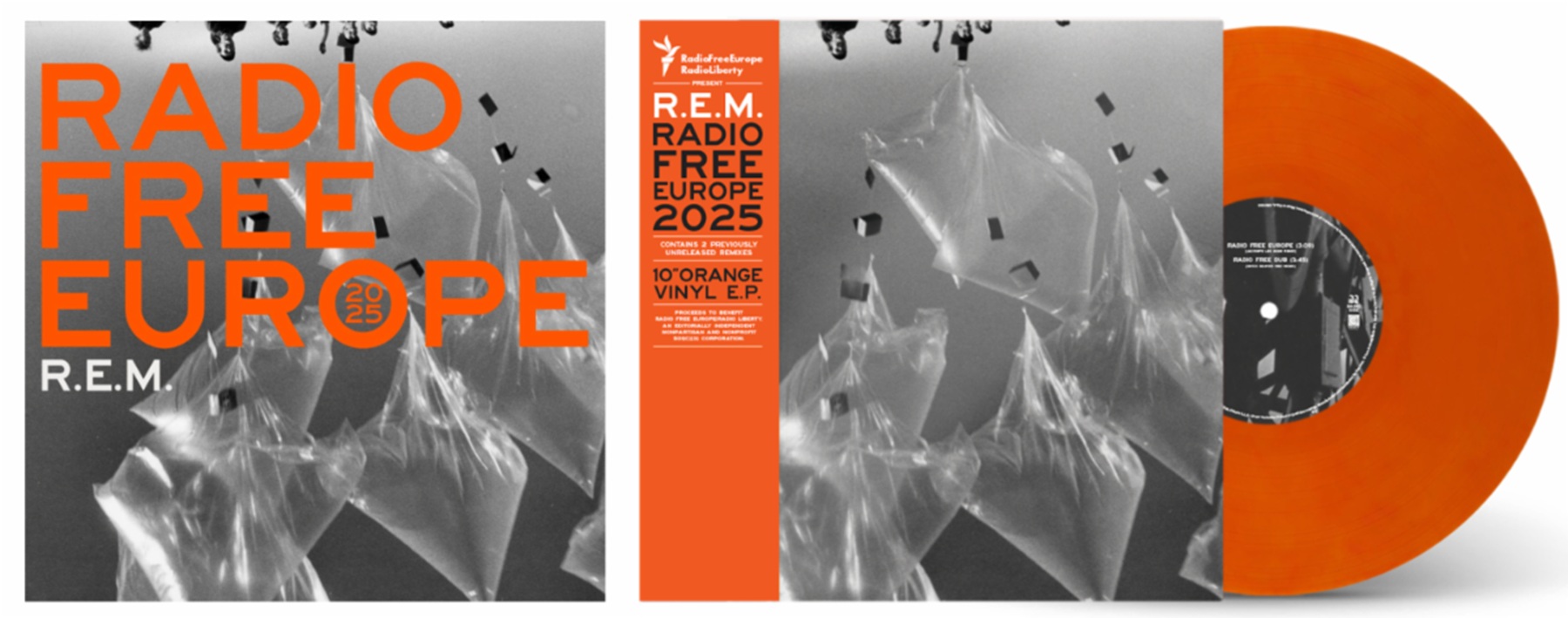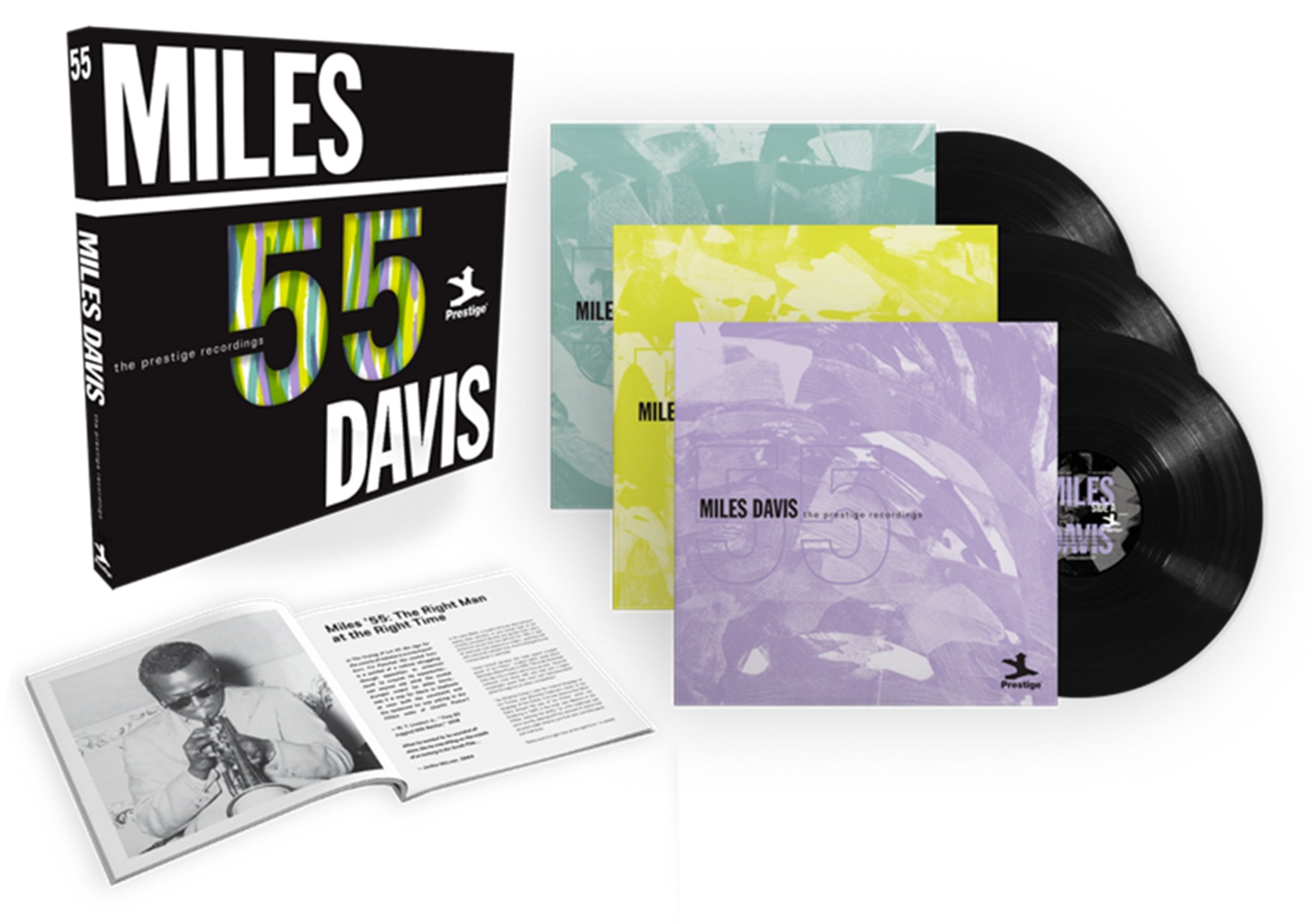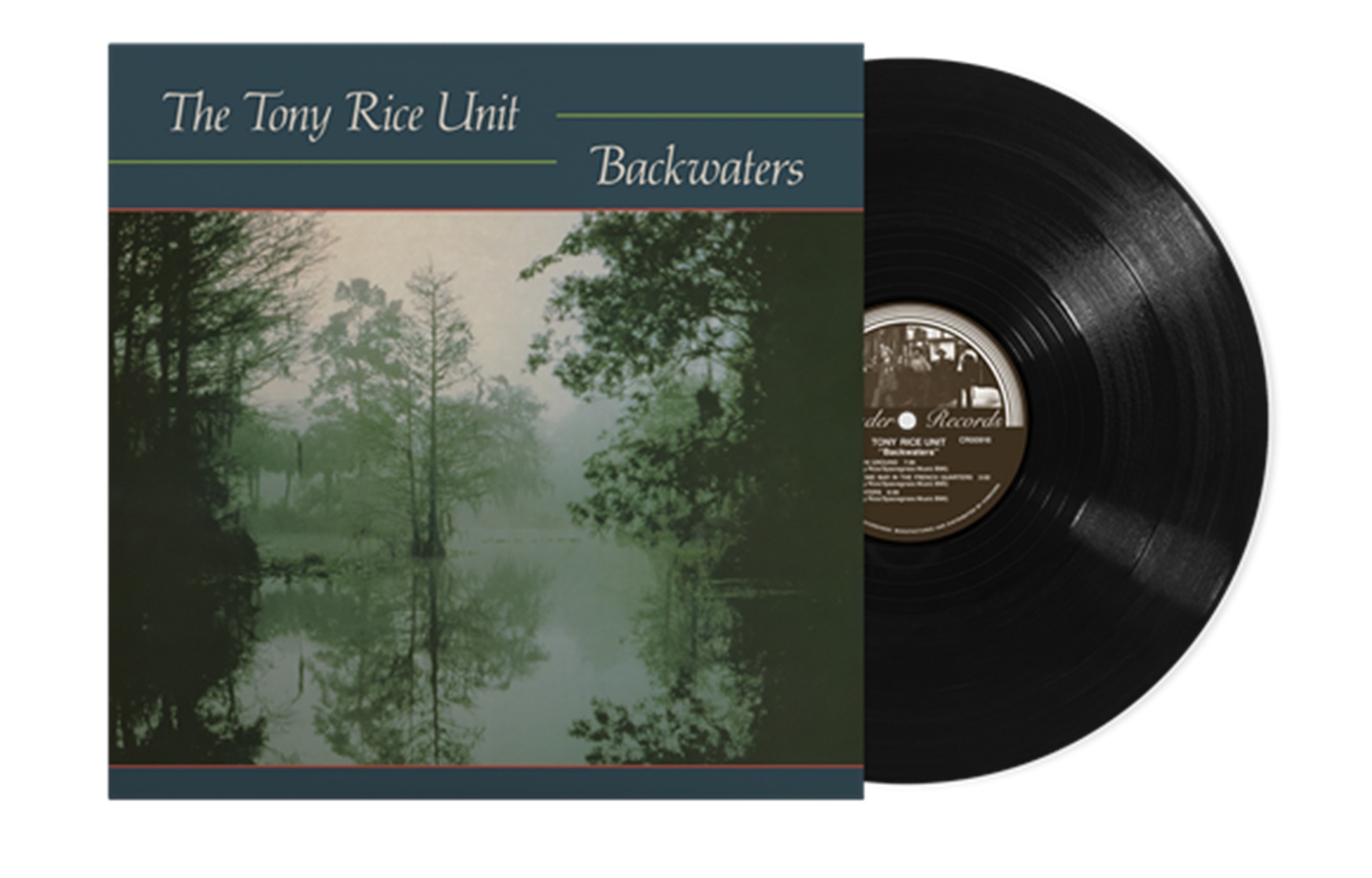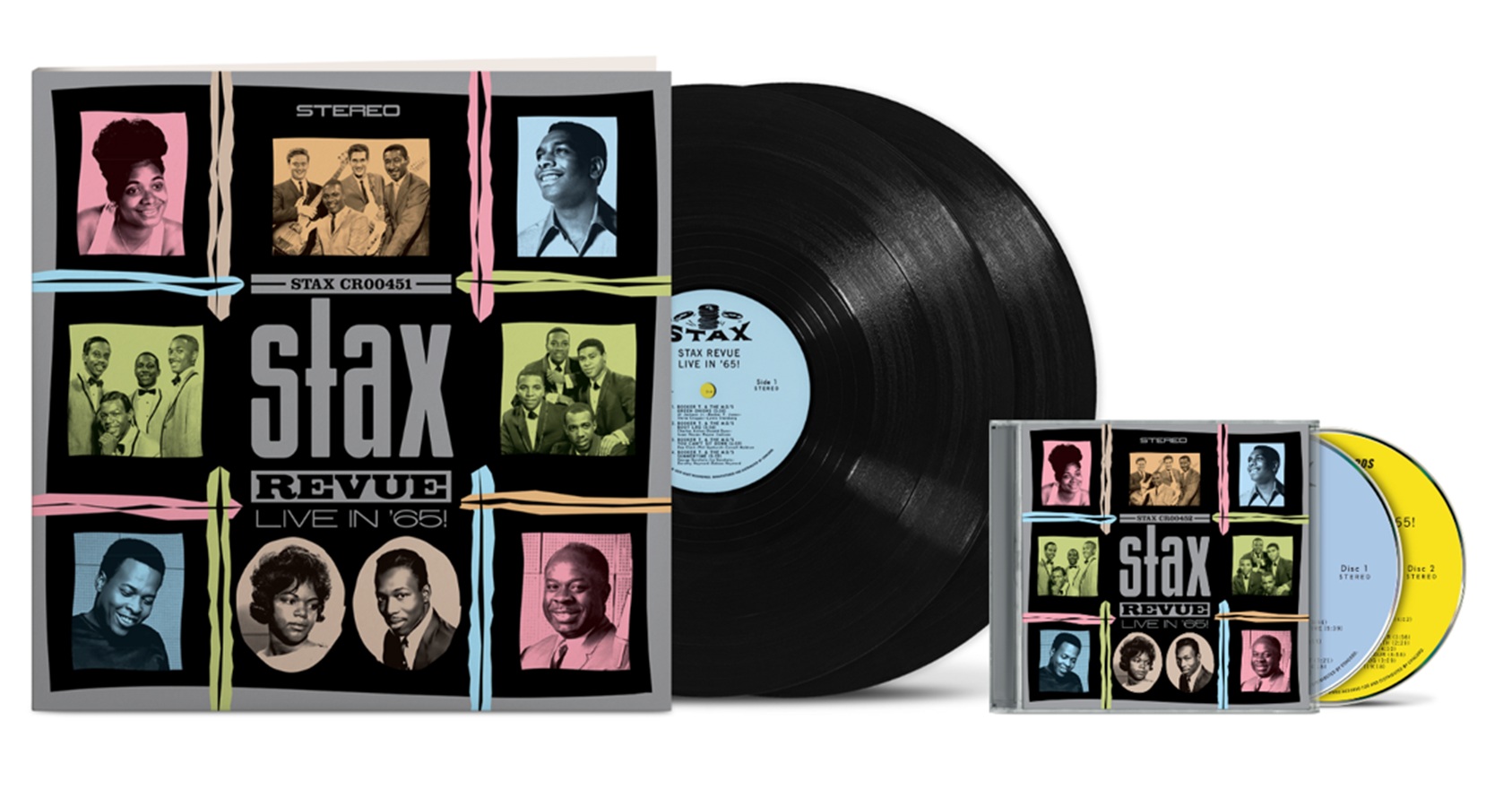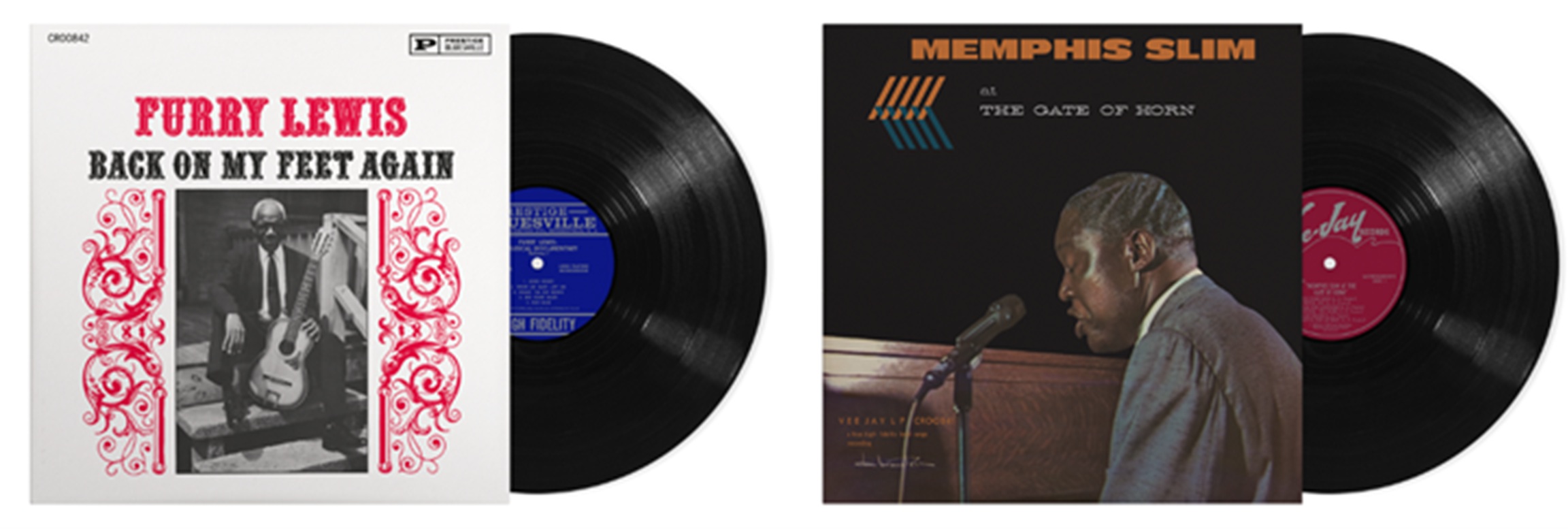This spring, Craft Recordings officially re-launched Original Jazz Classics, reimagining the long-running reissue imprint with audiophiles and vinyl collectors in mind. Now the series closes out the year with three more essential titles: The Tony Bennett Bill Evans Album, the Dave Brubeck Quartet’s Jazz at Oberlin and The Cats, which captures Tommy Flanagan, John Coltrane, Kenny Burrell and Idrees Sulieman on the cusp of stardom. Offering the highest-quality listening experience, each album features lacquers cut from the original master tapes (AAA) by Kevin Gray at Cohearent Audio, 180-gram vinyl pressed at RTI and tip-on jackets, replicating the original LP artwork. Additionally, albums will be available digitally in 192/24 HD audio. The rollout begins October 27, while all titles can be pre-ordered today.
First launched in 1982 under Fantasy Records, Original Jazz Classics served as a home for the label’s impressive jazz catalog, which had grown to include thousands of celebrated titles from Prestige, Galaxy, Milestone, Riverside, Debut, Contemporary, Jazzland and Pablo. Over the next three decades, OJC became the go-to source for jazz reissues—and faithfully presented more than 850 memorable albums. Given Craft Recordings’ shared passion for meticulous preservation and quality, it was a natural step to relaunch Original Jazz Classics.
Since making its return, OJC has garnered attention from critics on both sides of the Atlantic. Speaking to the reissue of Workin' With the Miles Davis Quintet, All About Jazz hailed, “The detail that went into this precious document is of the highest order,” while Record Collector exclaimed, “The album sounds stupendous . . . it looks fabulous too.” On Bill Evans’ Waltz for Debby, Tracking Angle lauded the reissue in a perfect score review, “the best-sounding of all the pressings. . .the whole line will be worth watching and buying quickly before they sell out.” and Glide Magazine noted, “This pressing . . . deserves mention for how absolutely clear the sound is, making the listener almost feel like the trio is in the room with you.” PopMatters, meanwhile, loved the LP’s “stunning sound quality and faithfully reproduced artwork.” Analog Planet was “very pleased with . . . Thelonious Monk With John Coltrane,” elaborating, “The sound quality feels much fuller, rounder, and richer . . . The overall flavor of the new vinyl mastering by Kevin Gray felt just right, and in keeping with the original intent of the recordings . . . dead-quiet in terms of disc surface noise. The vinyl is thick, dark, and, most importantly, well-centered.”
Read more on OJC’s latest releases below, and stay tuned for announcements regarding forthcoming titles in 2024.
Tommy Flanagan, John Coltrane, Kenny Burrell, Idrees Sulieman: The Cats (Available October 27)
Long renowned for its music, Detroit became a hotspot for the emerging sounds of bebop, inspiring innovators like Miles Davis, Charlie Parker and John Coltrane to visit, while serving as an incubator for locals, including pianist Tommy Flanagan and guitarist Kenny Burrell. It was there that Flanagan met Coltrane and, when he and Burrell relocated to New York, they reconnected with the saxophonist at Rudy Van Gelder’s Hoboken studio in the spring of 1957.
At the time, all three musicians were on the verge of stardom. Coltrane was in between stints with Miles Davis and was about to begin a career-changing, months-long residency with Thelonious Monk. Burrell was a sought-after sideman, who had played with the likes of Tony Bennett, Billie Holiday and Benny Goodman, and was fresh off recording his debut as a leader. Flanagan had recently appeared on Sonny Rollins’ landmark album, Saxophone Colossus, and would soon become Ella Fitzgerald’s full-time accompanist. During this particular session, however, Flanagan would serve as the de-facto leader.
Joined by esteemed trumpeter Idrees Sulieman, as well drummer Louis Hayes and bassist Doug Watkins (both top players in the Motor City scene), the group performed four upbeat Flanagan originals: “Minor Mishap,” “Eclypso,” “Solacium” and the nearly 12-minute closer, “Tommy’s Time.” Flanagan, Watkins and Hayes also deliver a standout trio performance of the Gershwins’ standard “How Long Has This Been Going On?” The sole ballad offers Flanagan a moment to shine particularly bright, as he delivers a poignant and nuanced performance on the piano.
A hard-bop classic, The Cats was released by Prestige Records in 1959. AllMusic praises, “From the opening number … you realize something special is happening. Flanagan is energized, playing bright and joyous melody lines, comping and soloing like the blossoming artist he was. Coltrane is effervescent and inspired. . . . The Cats is a prelude to much more music from all of these masters that would come within a very short time period thereafter.”
Scroll down to view the tracklist and click here to pre-order The Cats.
The Dave Brubeck Quartet: Jazz at Oberlin (Available November 10)
One of the most important and innovative figures in the post-war cool jazz movement, pianist Dave Brubeck became one of the genre’s biggest stars during his six-decade-long career. While his catalog contains numerous landmark recordings, one of his earliest was captured in 1953 at an unlikely venue: Oberlin College. At the time, it was a rare occurrence for a jazz artist to perform outside of a nightclub—let alone at a concert hall or school. However, after an Oberlin student caught Brubeck on stage in San Francisco, he persuaded the Ohio college to book the rising musician.
The Bay Area pianist brought members of his evolving quartet, which included bassist Ron Crotty, drummer Lloyd Davis and alto saxophonist Paul Desmond (who would remain with Brubeck for years and compose his biggest hit, “Take Five”). The set—which was comprised of five standards, including Juan Tizol’s “Perdido,” Hoagy Carmichael’s “Stardust” and Jerome Kern’s “The Way You Look Tonight”—offered Brubeck the opportunity to showcase his complex yet approachable style. Recorded by engineers at the college radio station and released by Fantasy as Jazz at Oberlin, it became one of the first instances of cool jazz on tape.
Declaring the album to be “Brubeck’s First Great Jazz Moment,” The Guardian’s John Fordham explained that the musician’s delivery “indicated new directions for jazz that didn’t slavishly mirror bebop, and even hinted at free-jazz piano techniques still years away from realization.” DownBeat’s Nat Hentoff, meanwhile, hailed it as “the best of Brubeck on record.” The concert itself also marked a turning point for the genre, helping to legitimize jazz as a serious art form. In the coming years, jazz artists would be booked more frequently at concert halls, while colleges and universities across the country (including Oberlin) would expand their studies beyond the confines of classical music.
Scroll down to view the tracklist and click here to pre-order Jazz at Oberlin.
Tony Bennett and Bill Evans: The Tony Bennett Bill Evans Album (Available December 1)
When Tony Bennett and Bill Evans recorded their first of two albums together in 1975, it marked a rare moment in pop culture—when a pair of equally respected but vastly different icons could combine their talents, while elevating each other’s artistries in the process. Bennett was an internationally renowned singer, who had built a name for himself interpreting pop and jazz standards. Evans was one of the most innovative pianists in jazz music, who was revered for his conversational interplay and lyrical compositions. Best known for his work in trio settings, Evans rarely played with singers. He did, however, have a great appreciation for Bennett, which he professed in a 1968 Billboard tribute to the singer.
Several years later, the two legends finally met at Fantasy Studios for an intimate and somewhat spontaneous affair. Joined only by producer Helen Keane and an engineer, Bennett and Evans selected material and loosely worked out arrangements. An amalgamation of both men’s backgrounds, the set married pop (“Days of Wine and Roses,” “Young and Foolish,” “We’ll Be Together Again”) with jazz, including Evans’ own “Waltz for Debby” (featuring lyrics by Gene Lees). The session allowed Bennett to prove his chops as a serious jazz singer, while Evans offered thoughtful accompaniment—with ample improvisational interludes.
The Tony Bennett Bill Evans Album was an enormous success upon its release, leading to a follow-up, 1977’s Together Again. Since then, reverence for the recording has only grown. AllMusic hailed it as “one of the best albums of either’s career,” while All About Jazz called it “one of the most memorable vocal-piano duets committed to vinyl.” NPR included the album in their Basic Jazz Record Library, with the AFI’s Murray Horwitz declaring, “This is the American art song tradition at its finest. . . . Both men are masters, they know exactly what they want to do with each song, and they make a splendid interpretation every time. It’s one of those records when you can truly say it doesn’t get any better than this.”
Scroll down to view the tracklist and click here to pre-order The Tony Bennett Bill Evans Album.
Album Tracklists:
The Cats (Vinyl)
Side A
1. Minor Mishap
2. How Long Has This Been Going On?
3. Eclypso
Side B
1. Solacium
2. Tommy’s Time
The Cats (Digital)
1. Minor Mishap
2. How Long Has This Been Going On?
3. Eclypso
4. Solacium
5. Tommy’s Time
Jazz at Oberlin (Vinyl)
Side A
1. The Way You Look Tonight
2. How High The Moon
Side B
1. These Foolish Things
2. Perdido
3. Stardust
Jazz at Oberlin (Digital)
1. The Way You Look Tonight
2. How High The Moon
3. These Foolish Things
4. Perdido
5. Stardust
The Bill Evans Tony Bennett Album (Vinyl)
Side A
1. Young And Foolish
2. The Touch Of Your Lips
3. Some Other Time
4. When In Rome
5. We’ll Be Together Again
Side B
1. My Foolish Heart
2. Waltz For Debby
3. But Beautiful
4. Days Of Wine And Roses
The Bill Evans Tony Bennett Album (Digital)
1. Young And Foolish
2. The Touch Of Your Lips
3. Some Other Time
4. When In Rome
5. We’ll Be Together Again
6. My Foolish Heart
7. Waltz For Debby
8. But Beautiful
9. Days Of Wine And Roses






